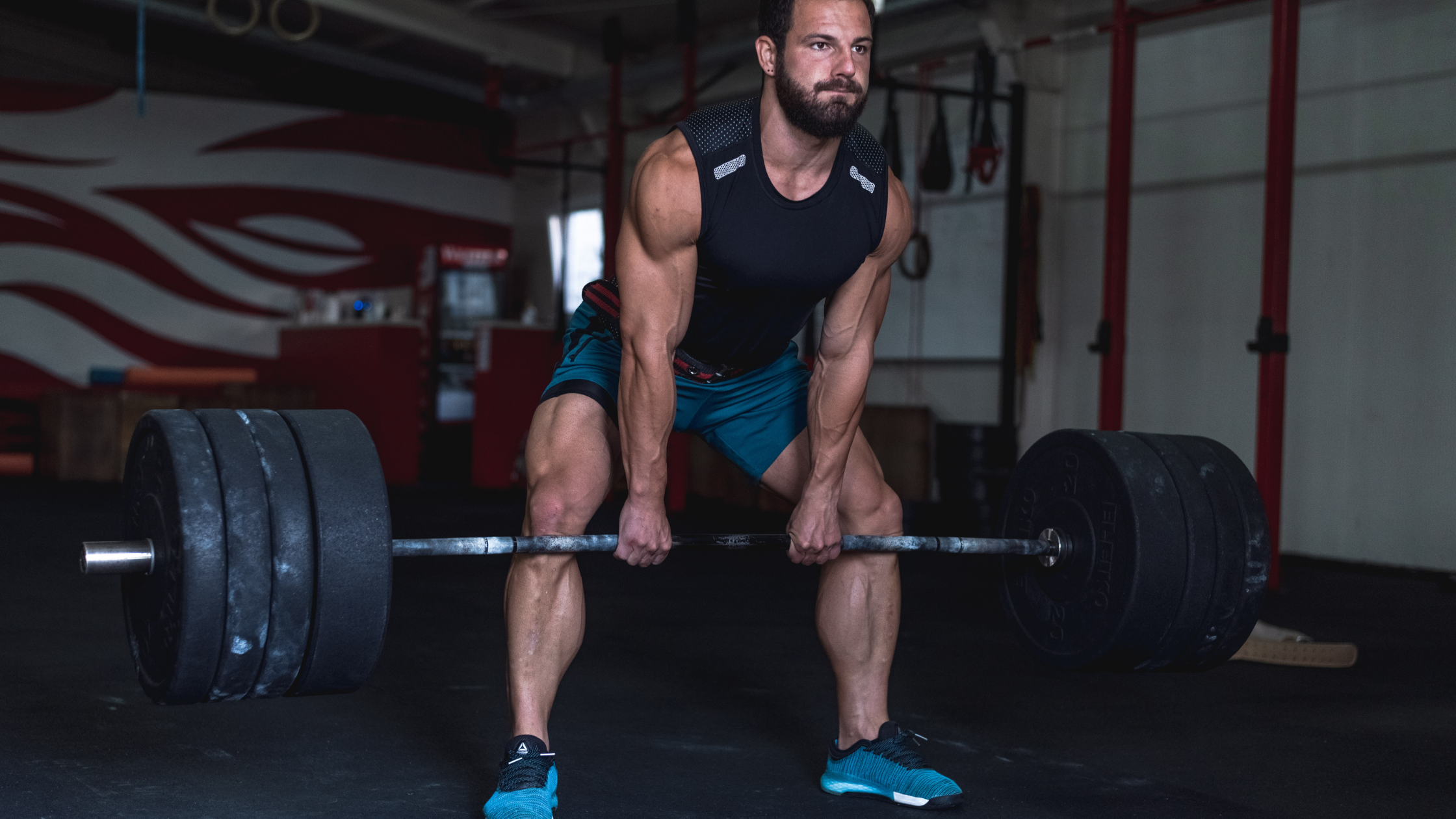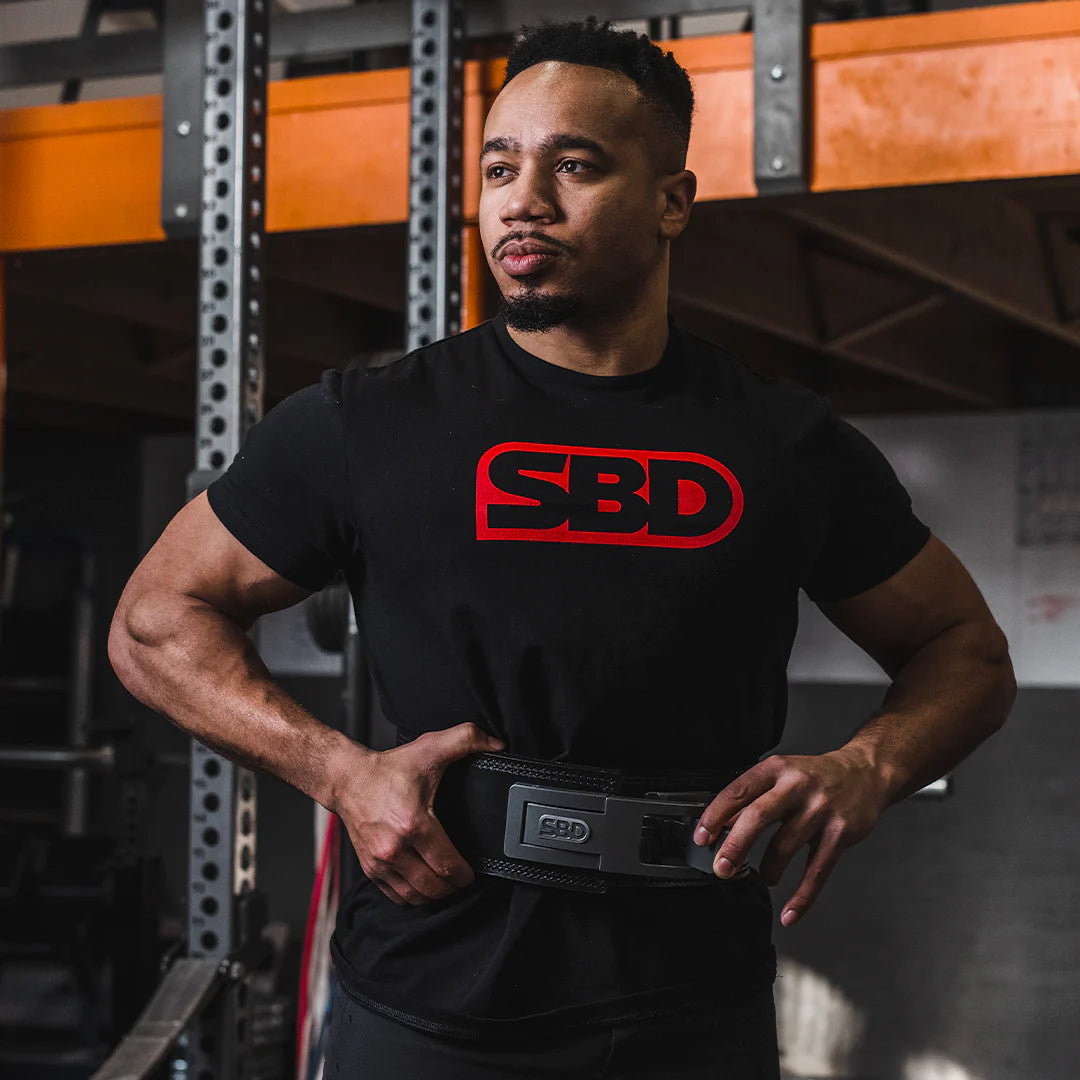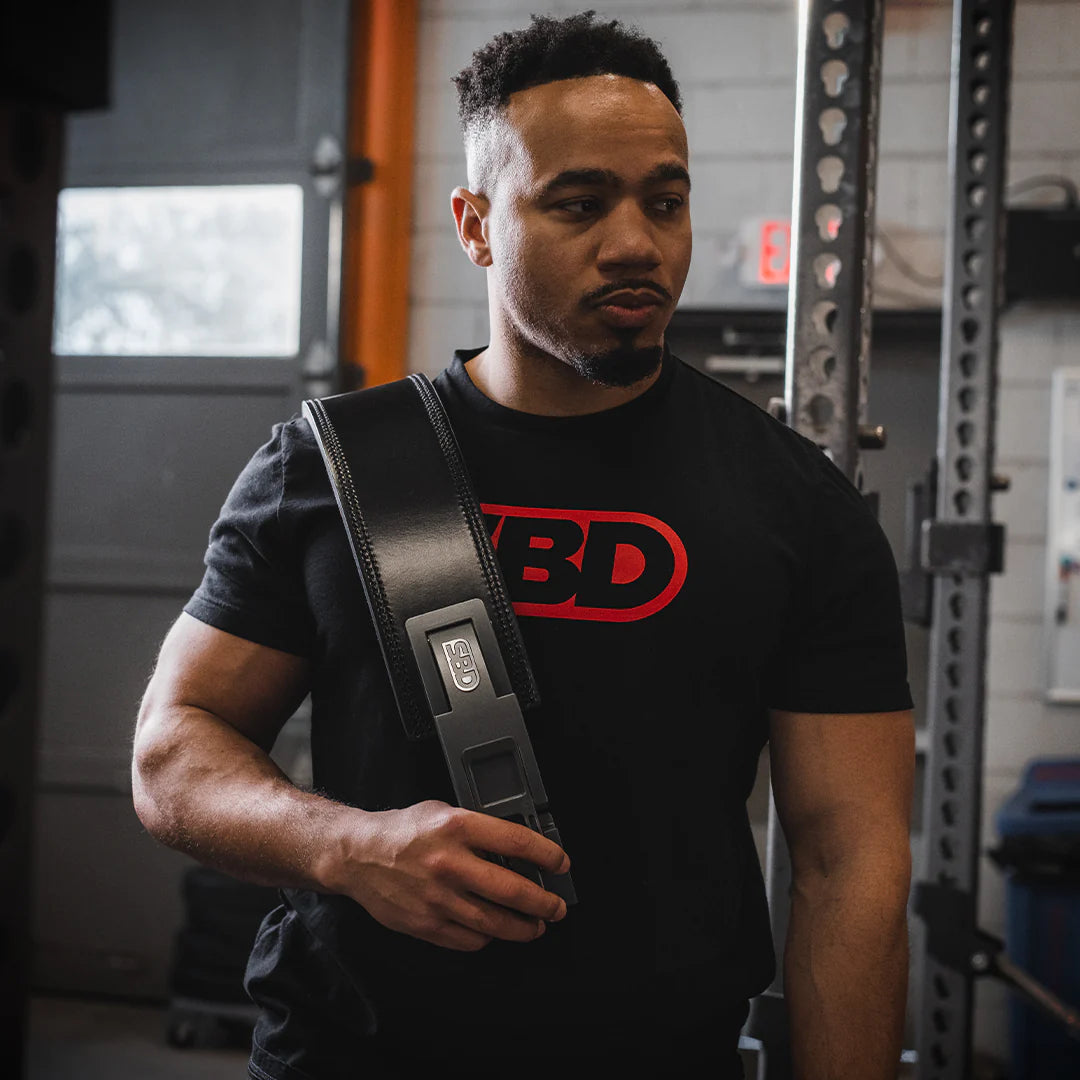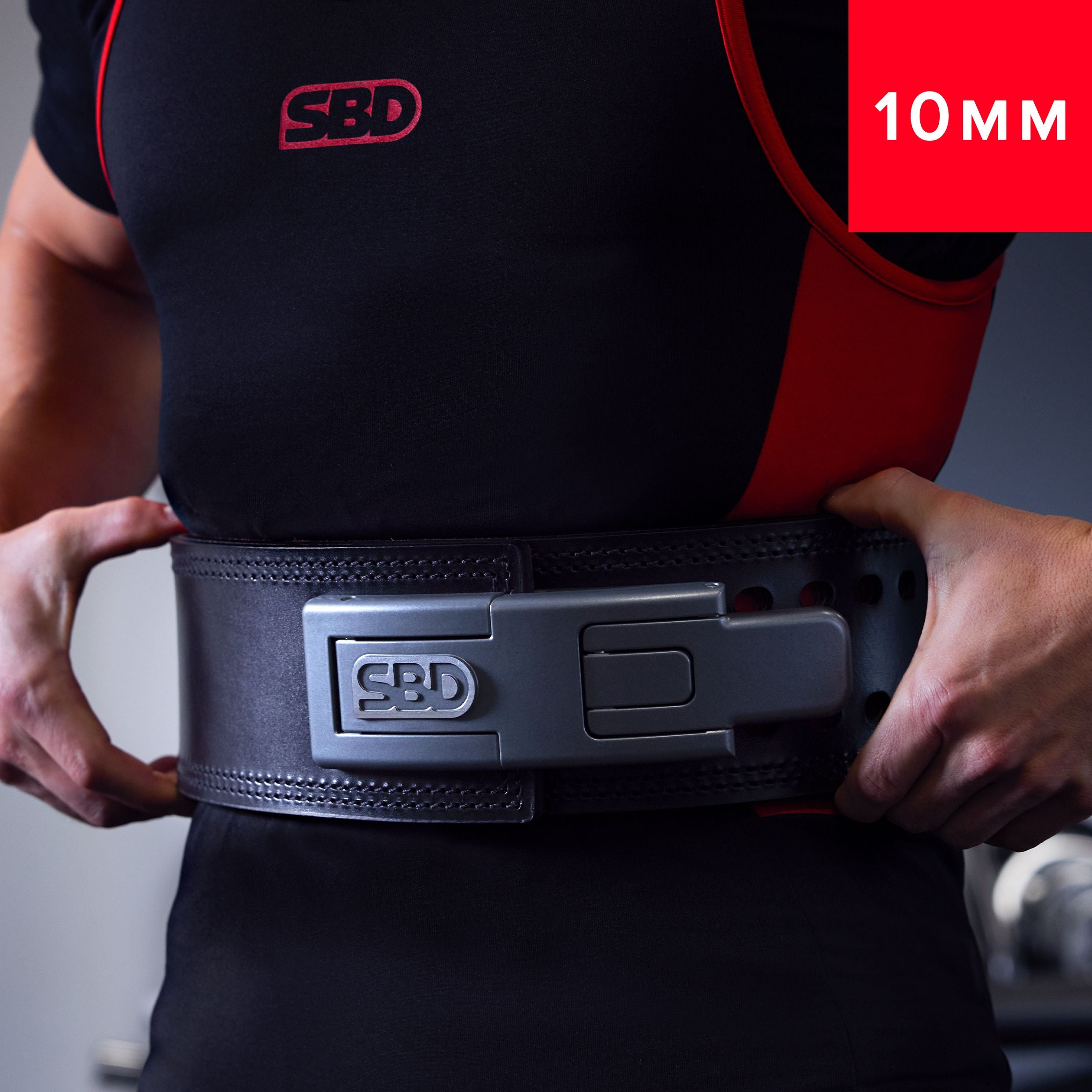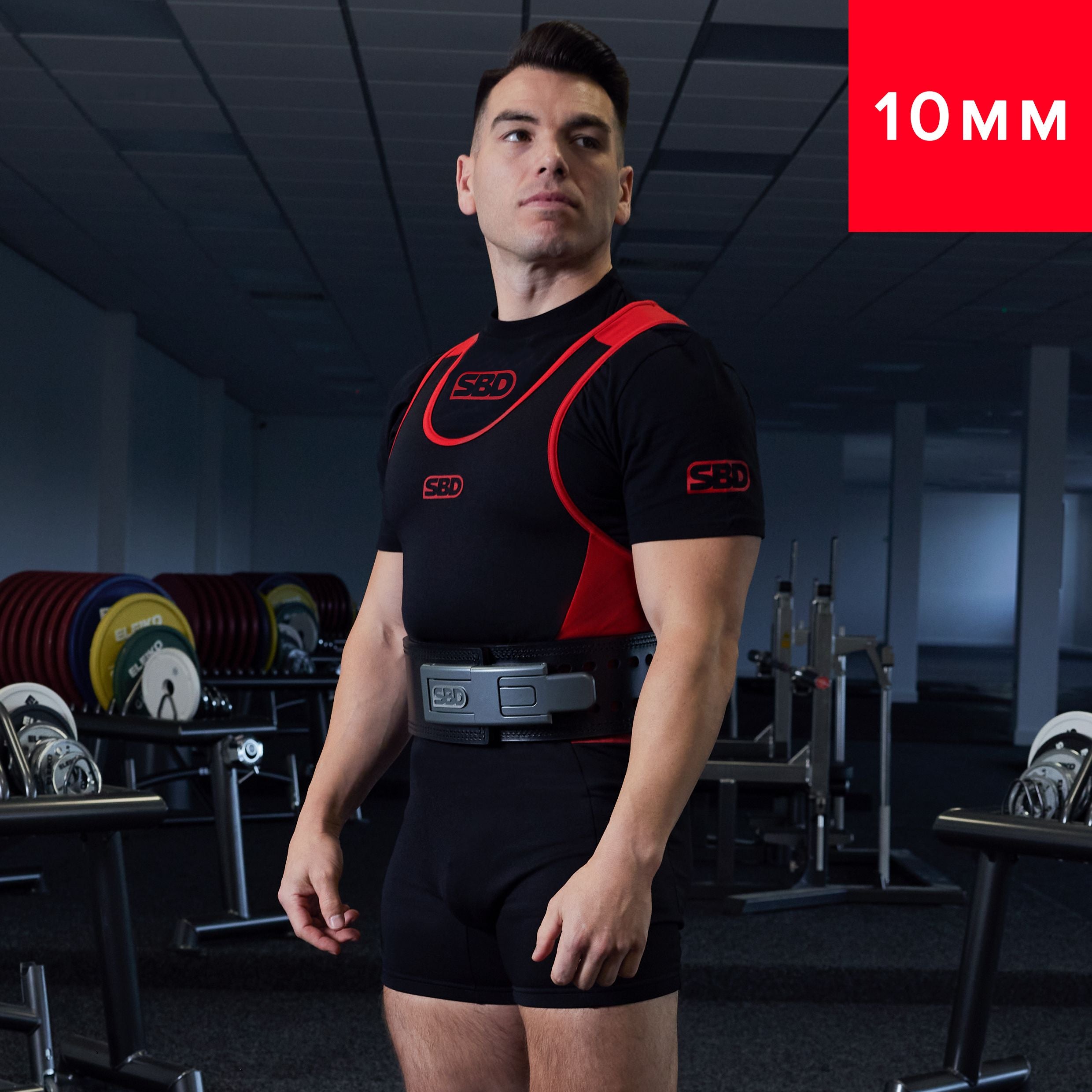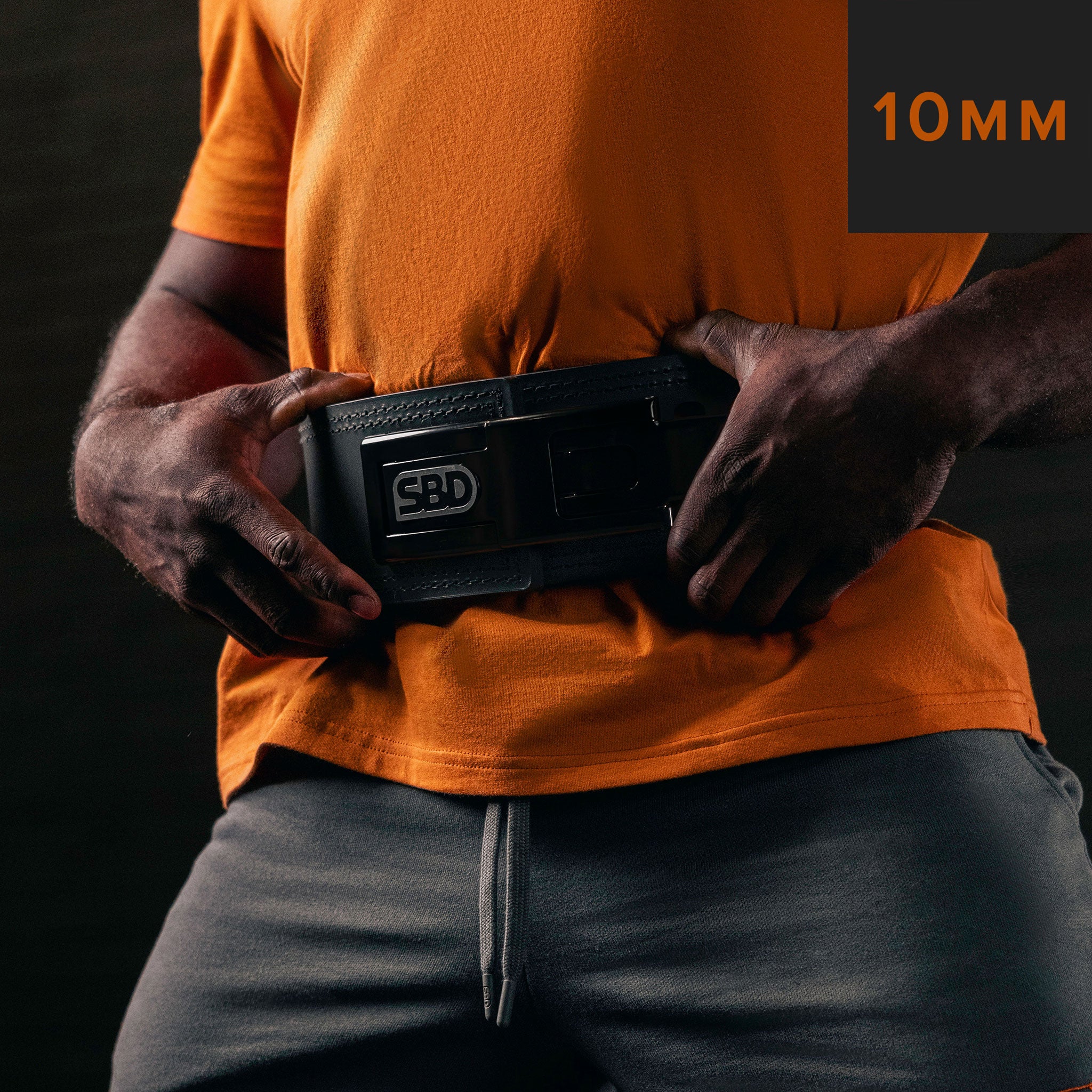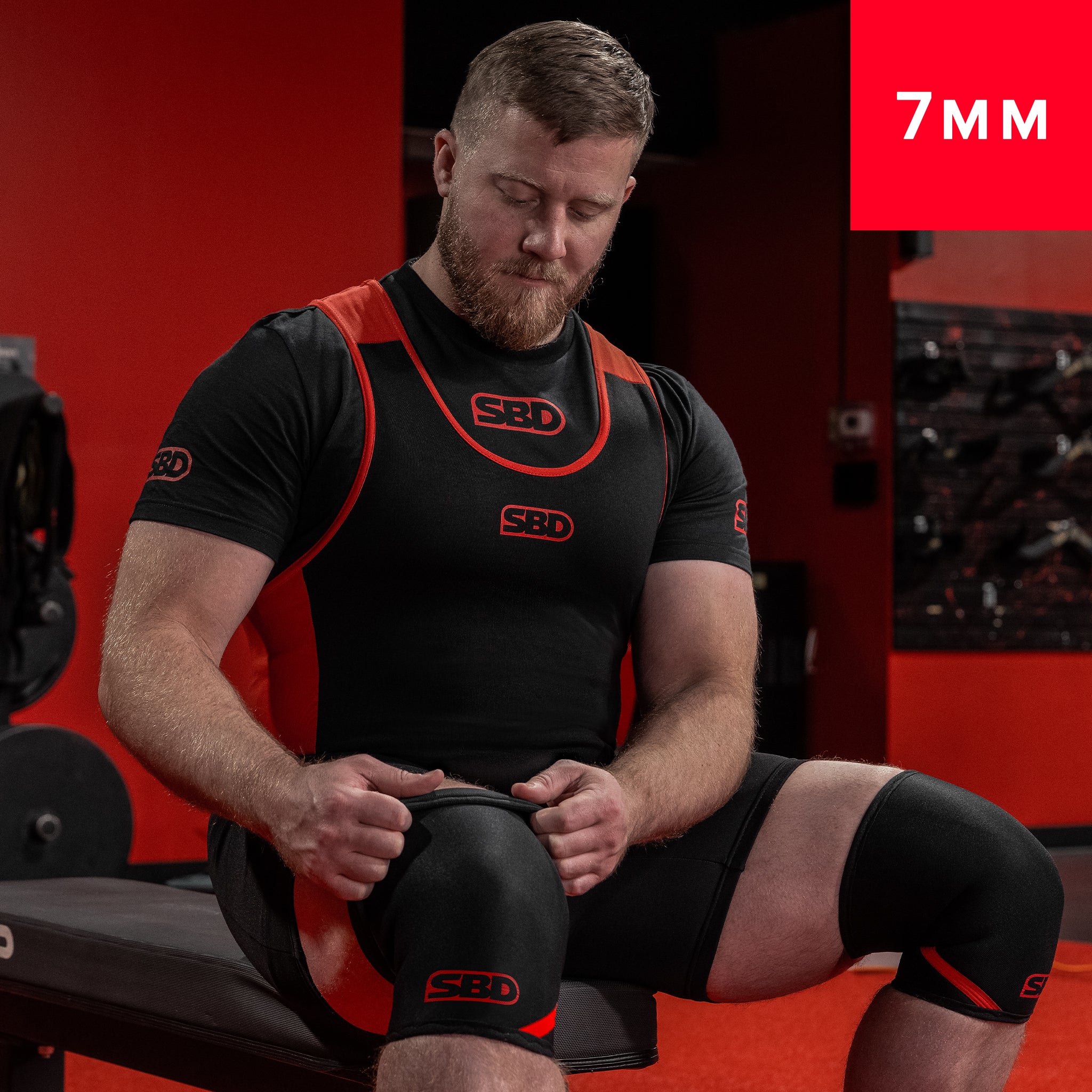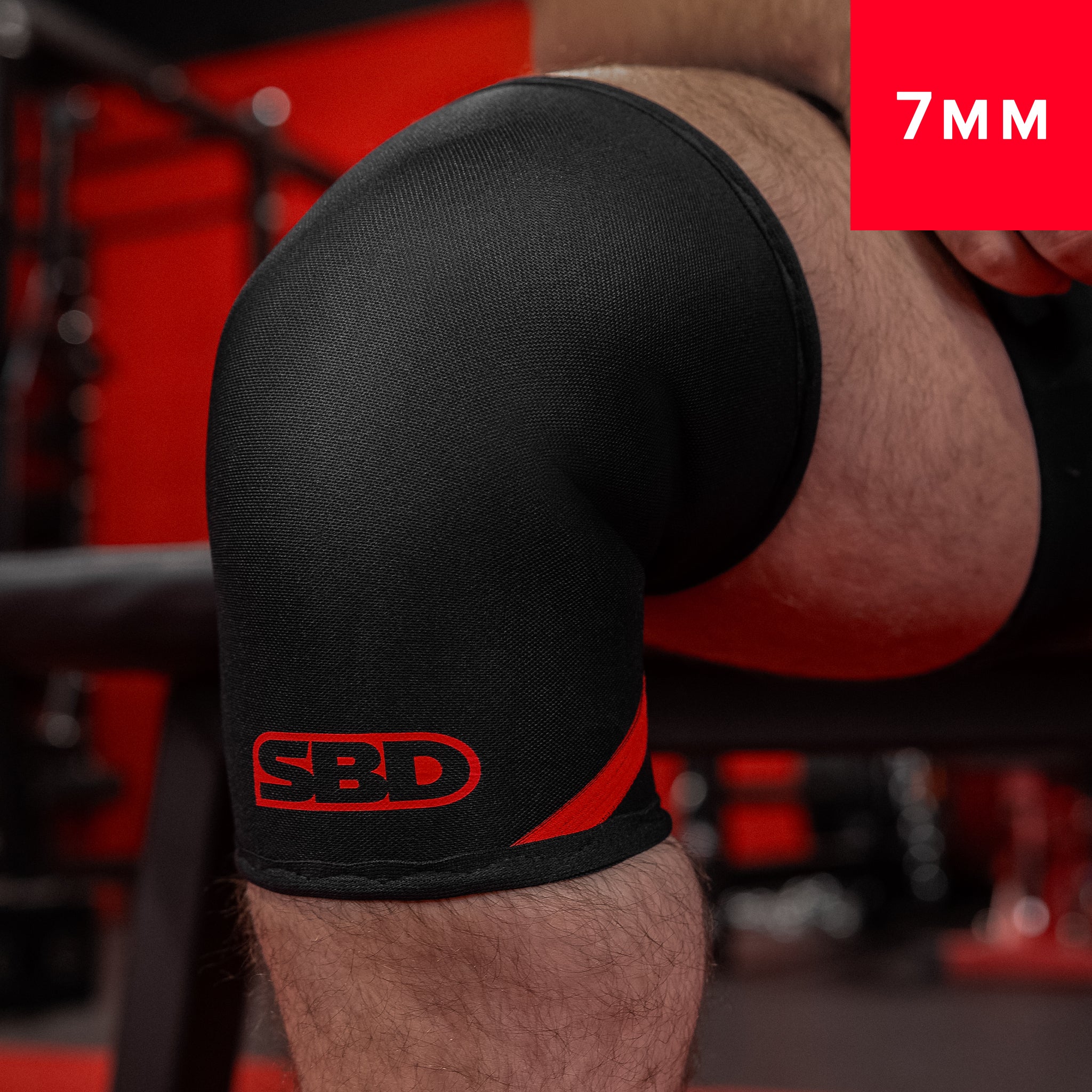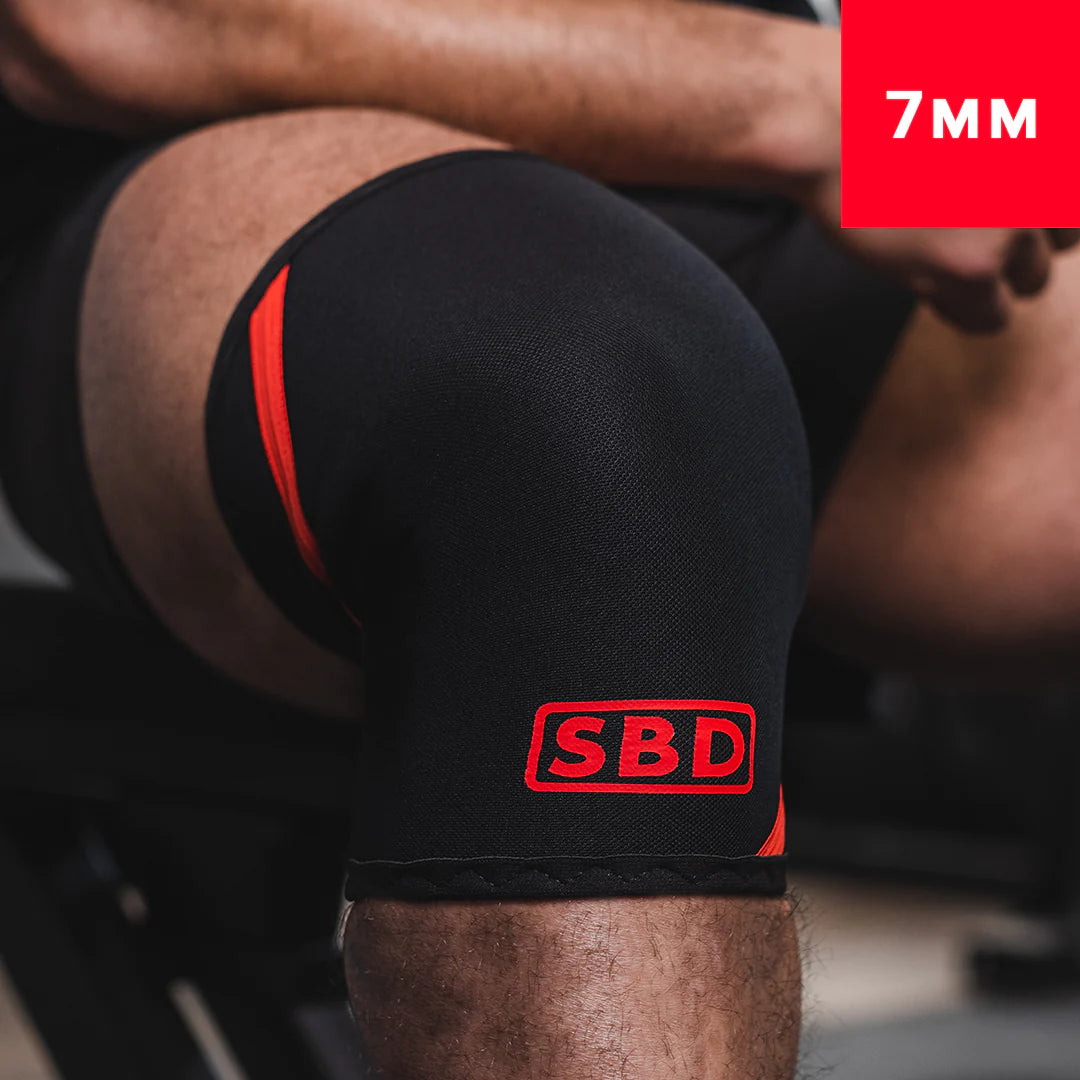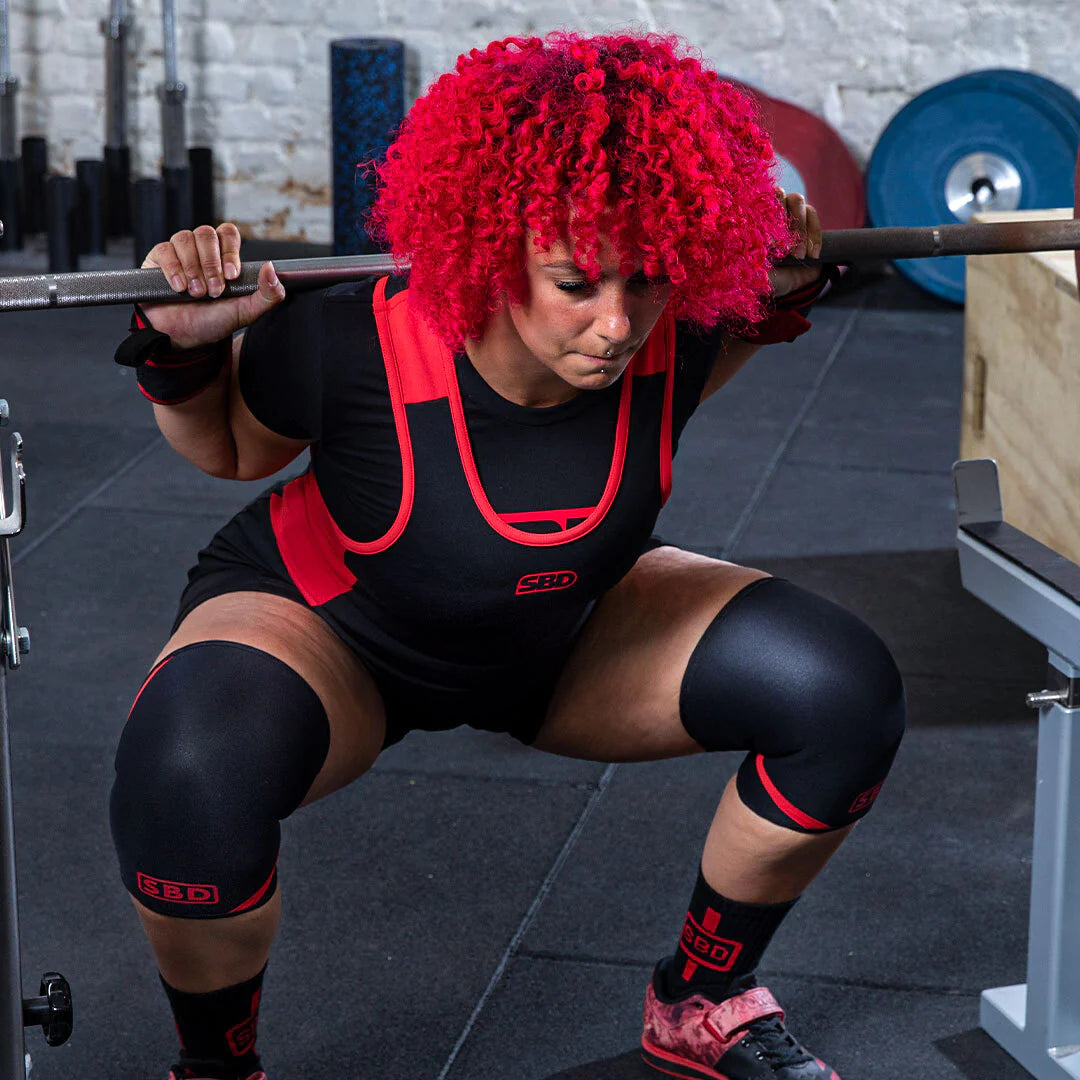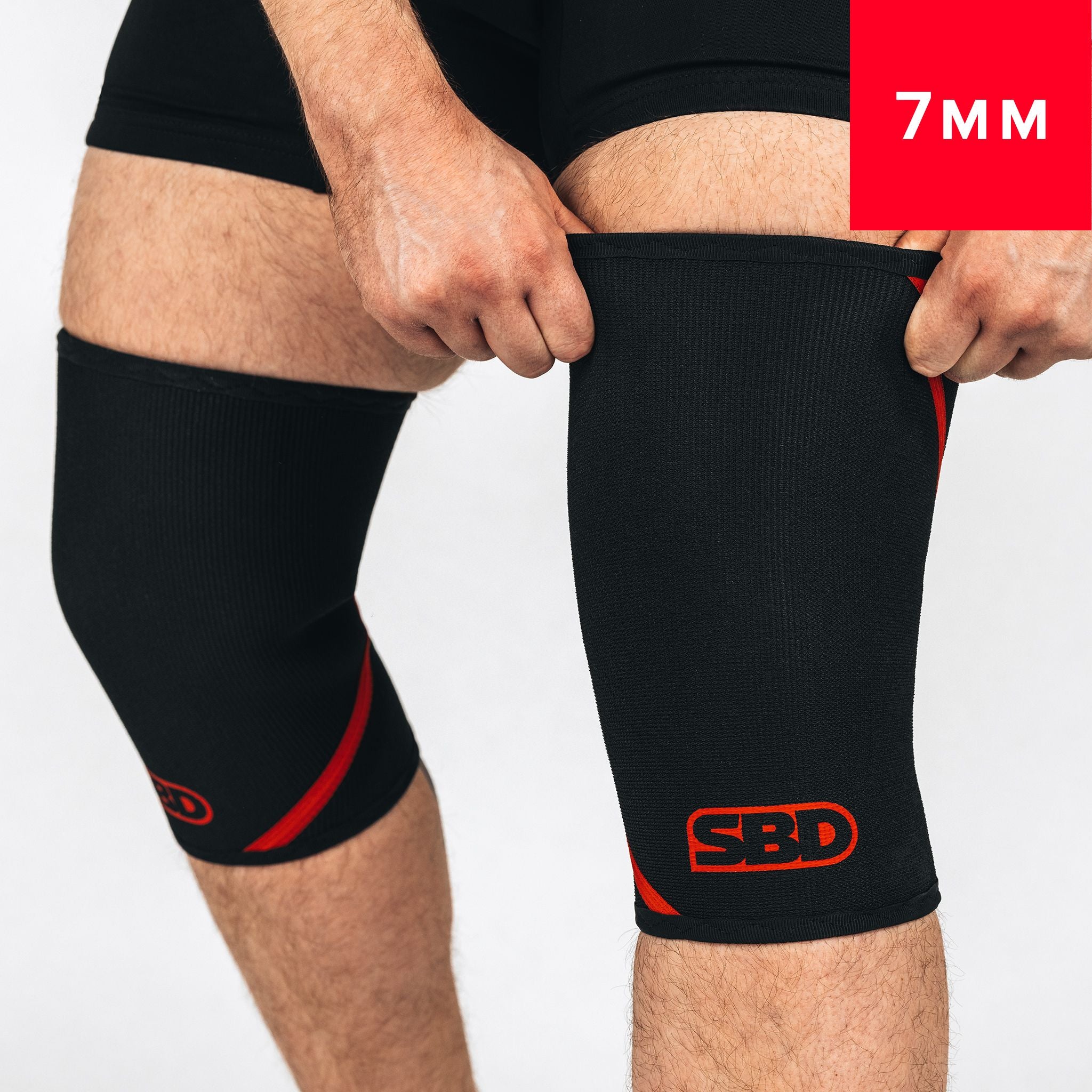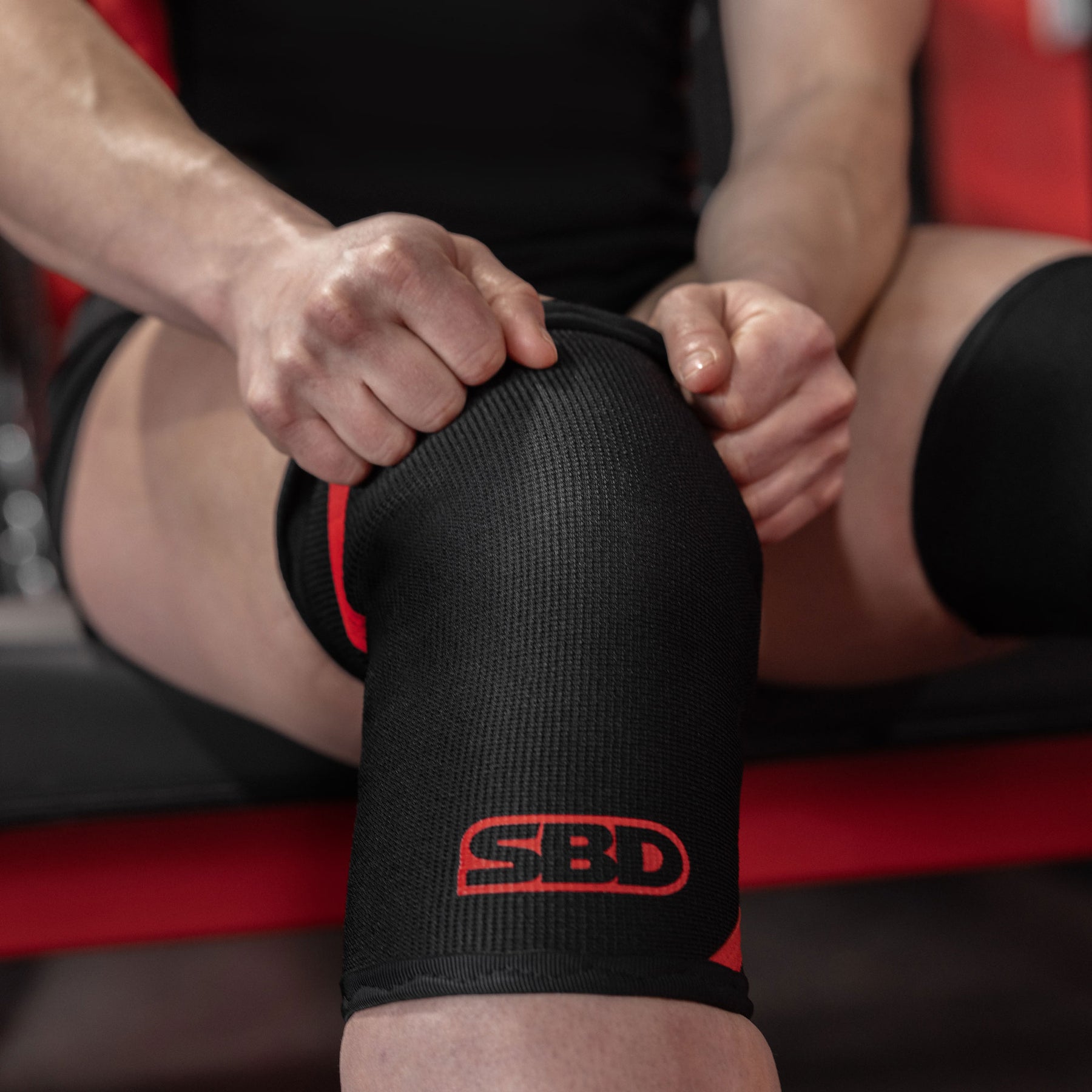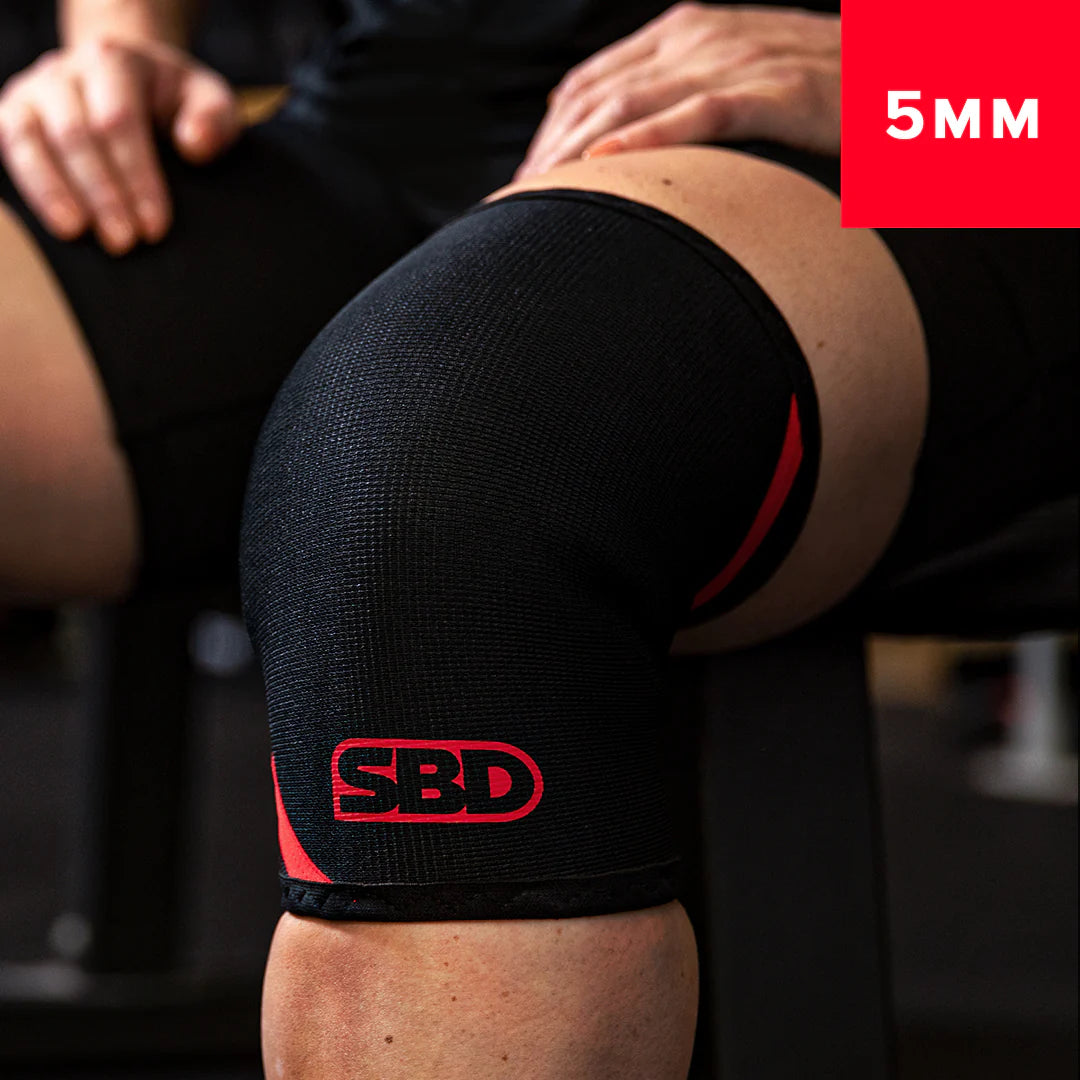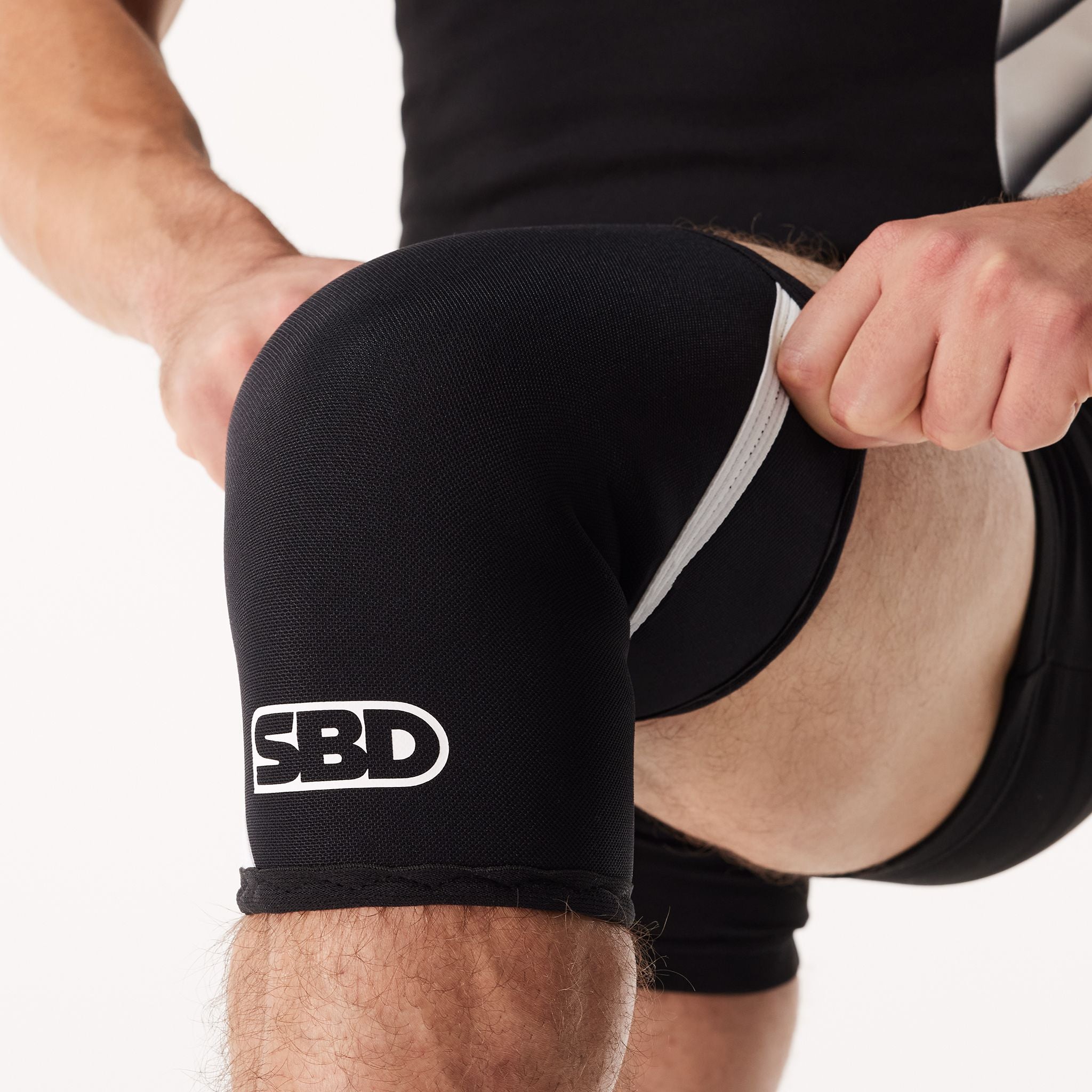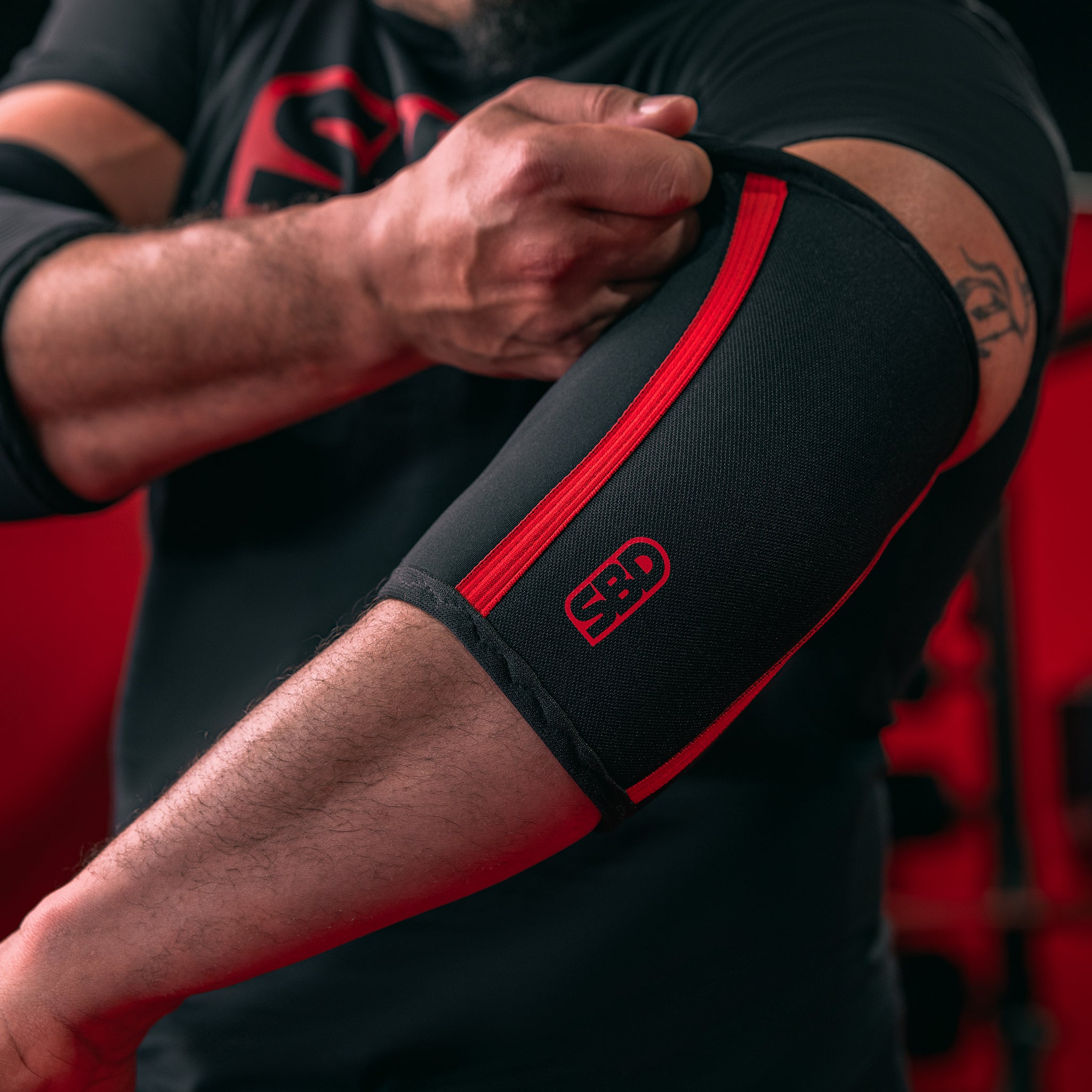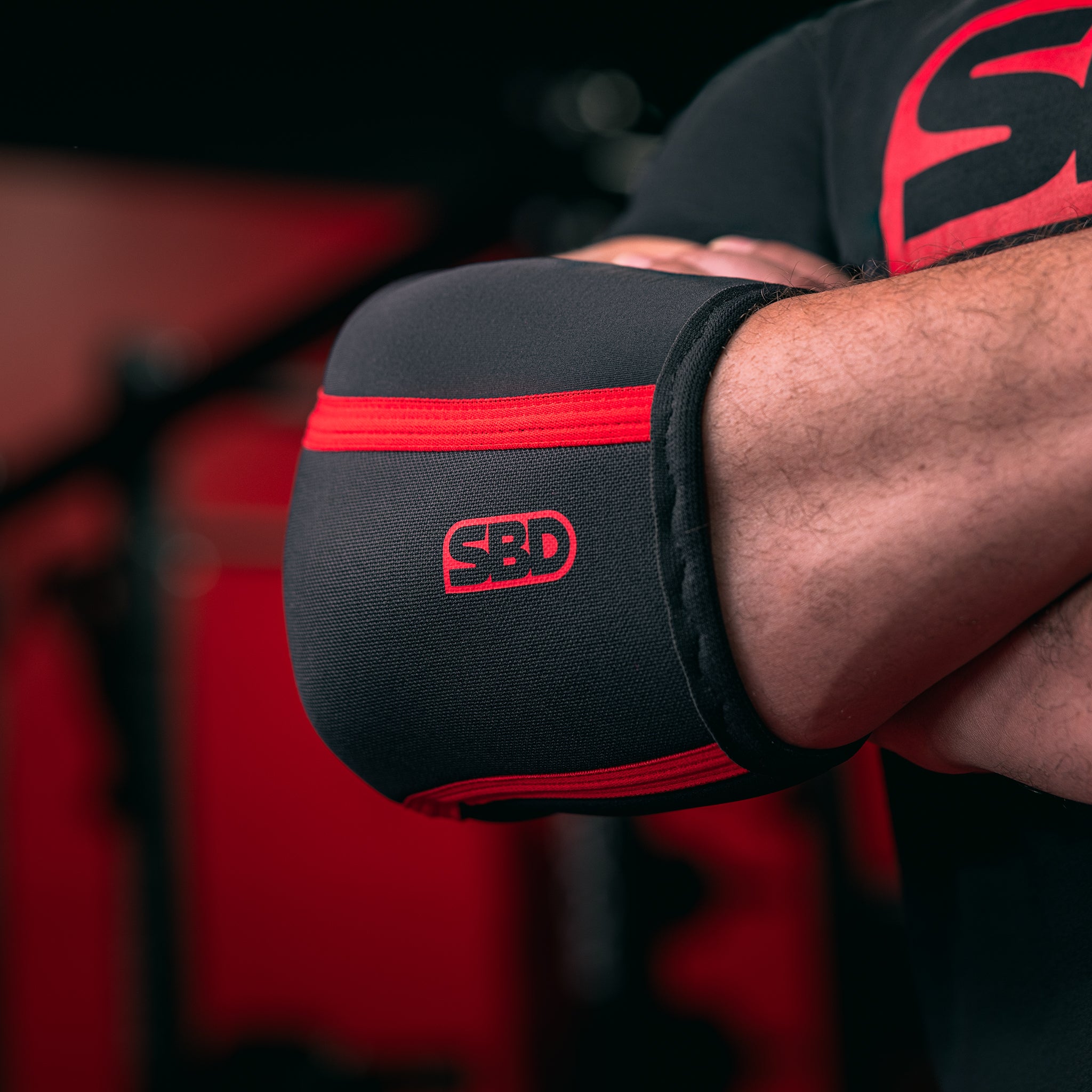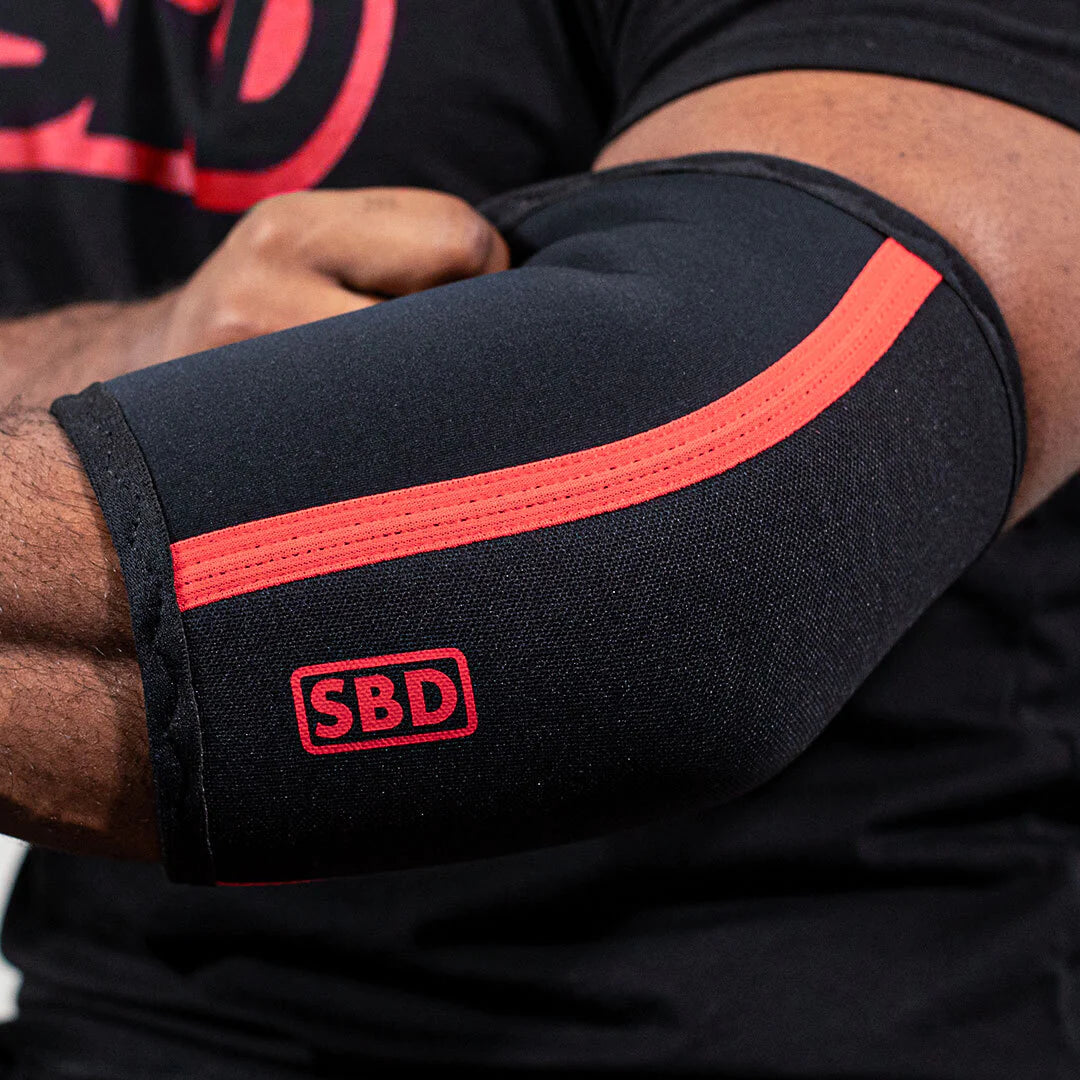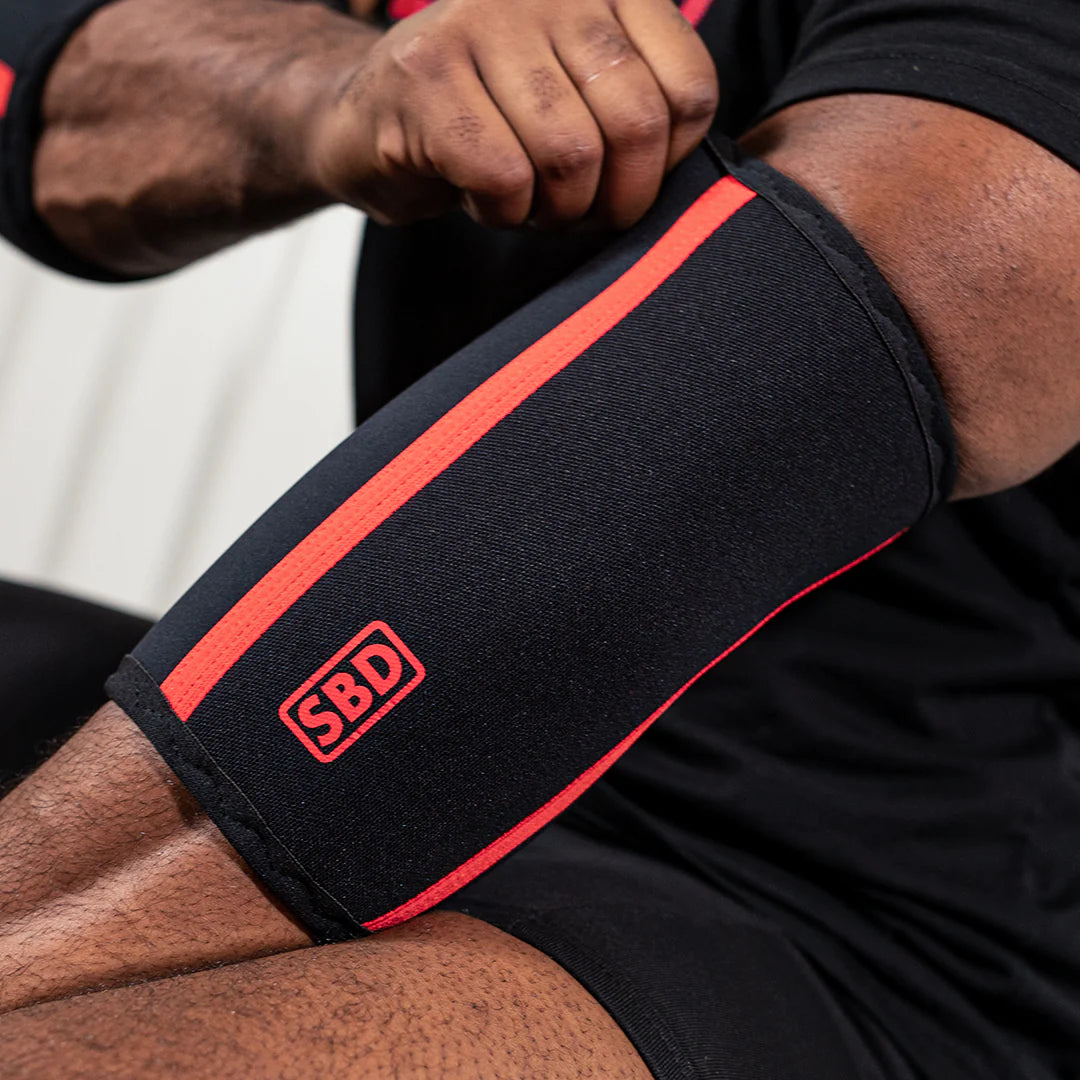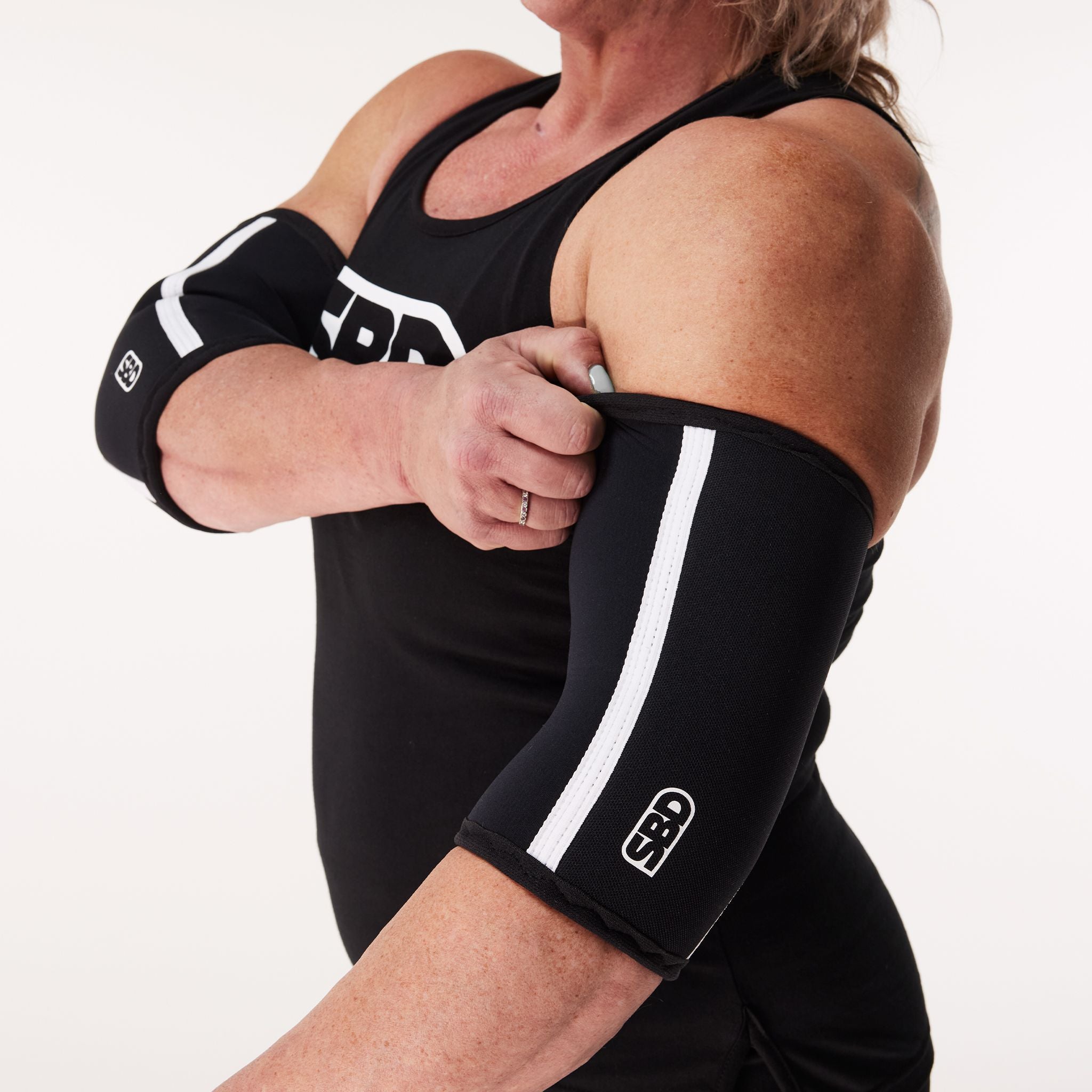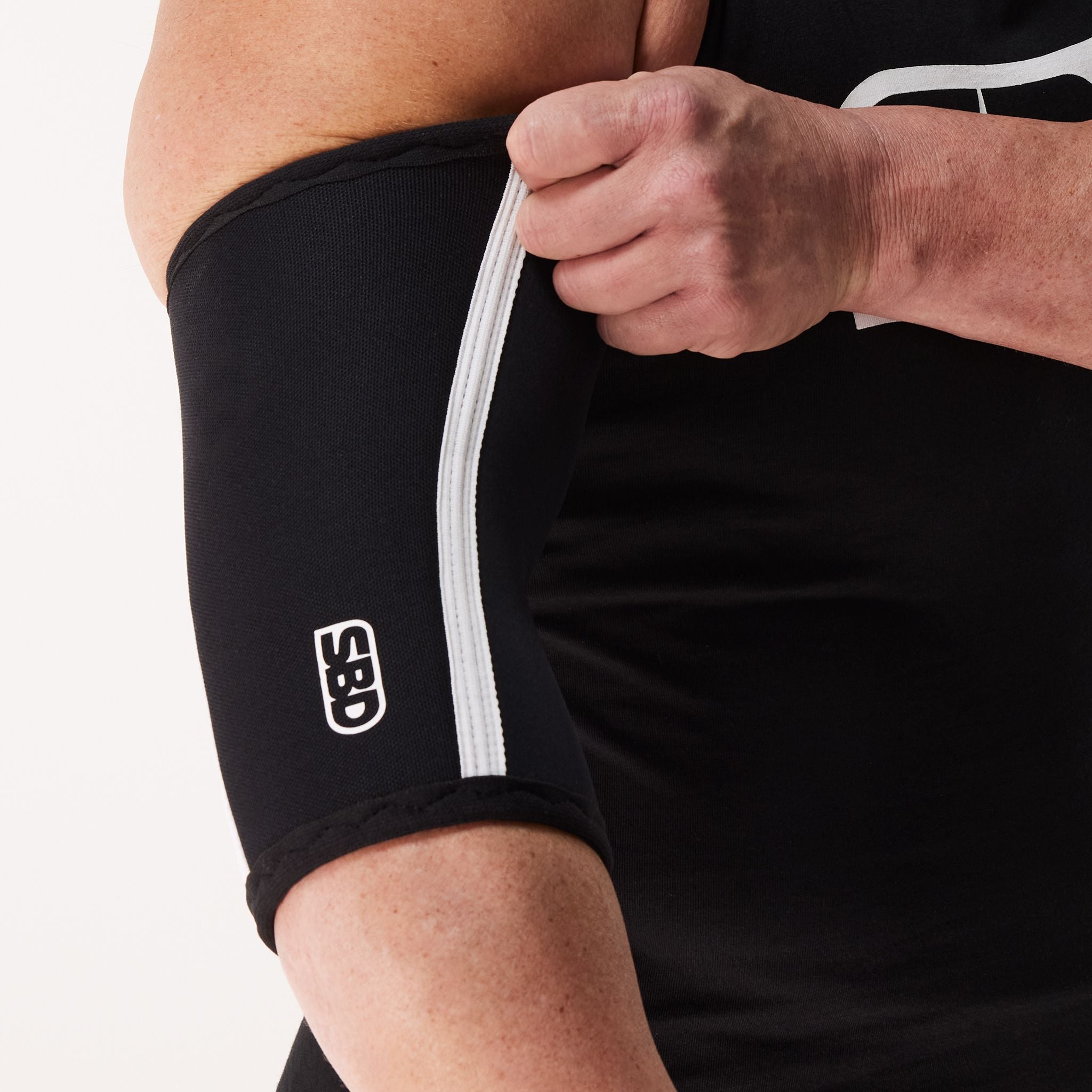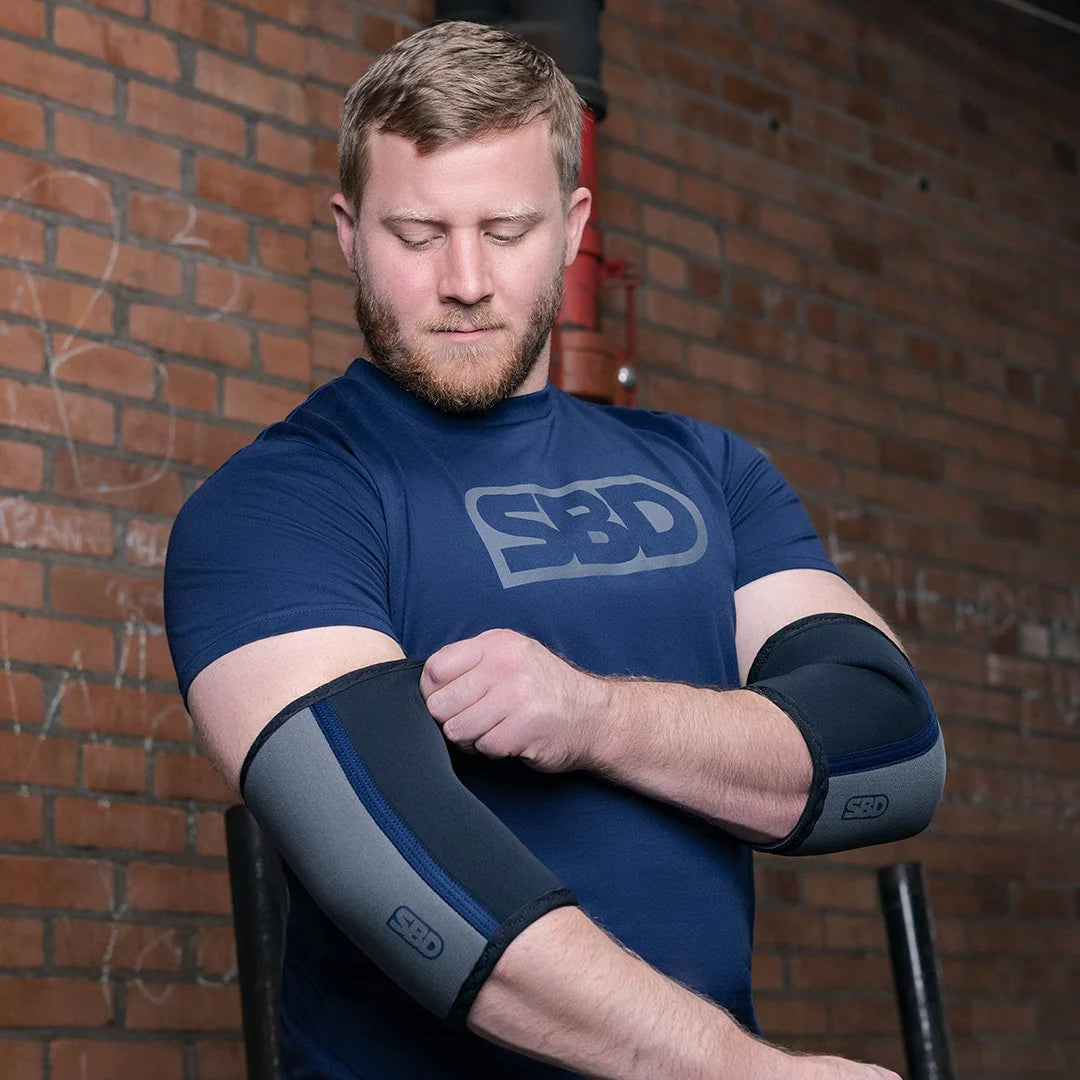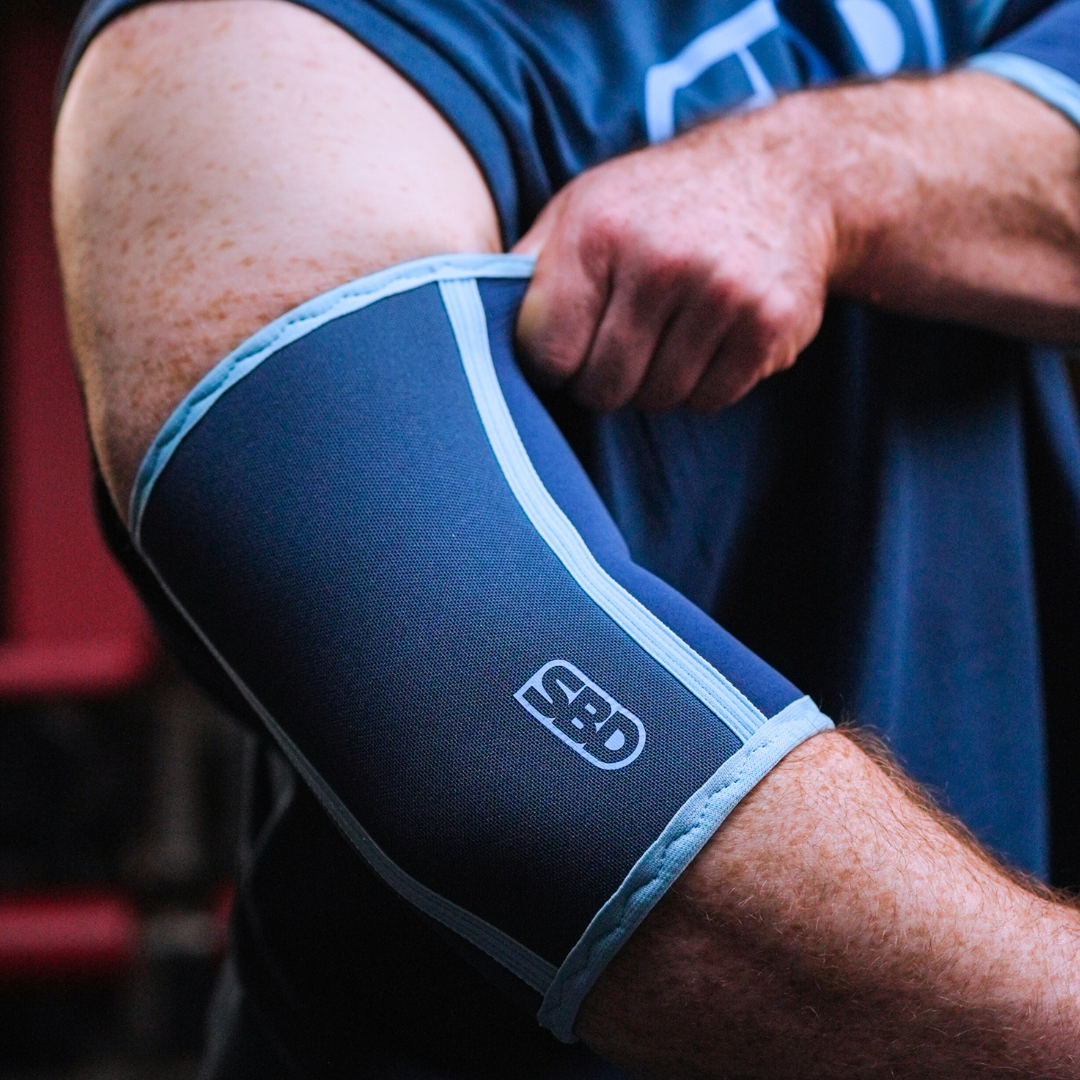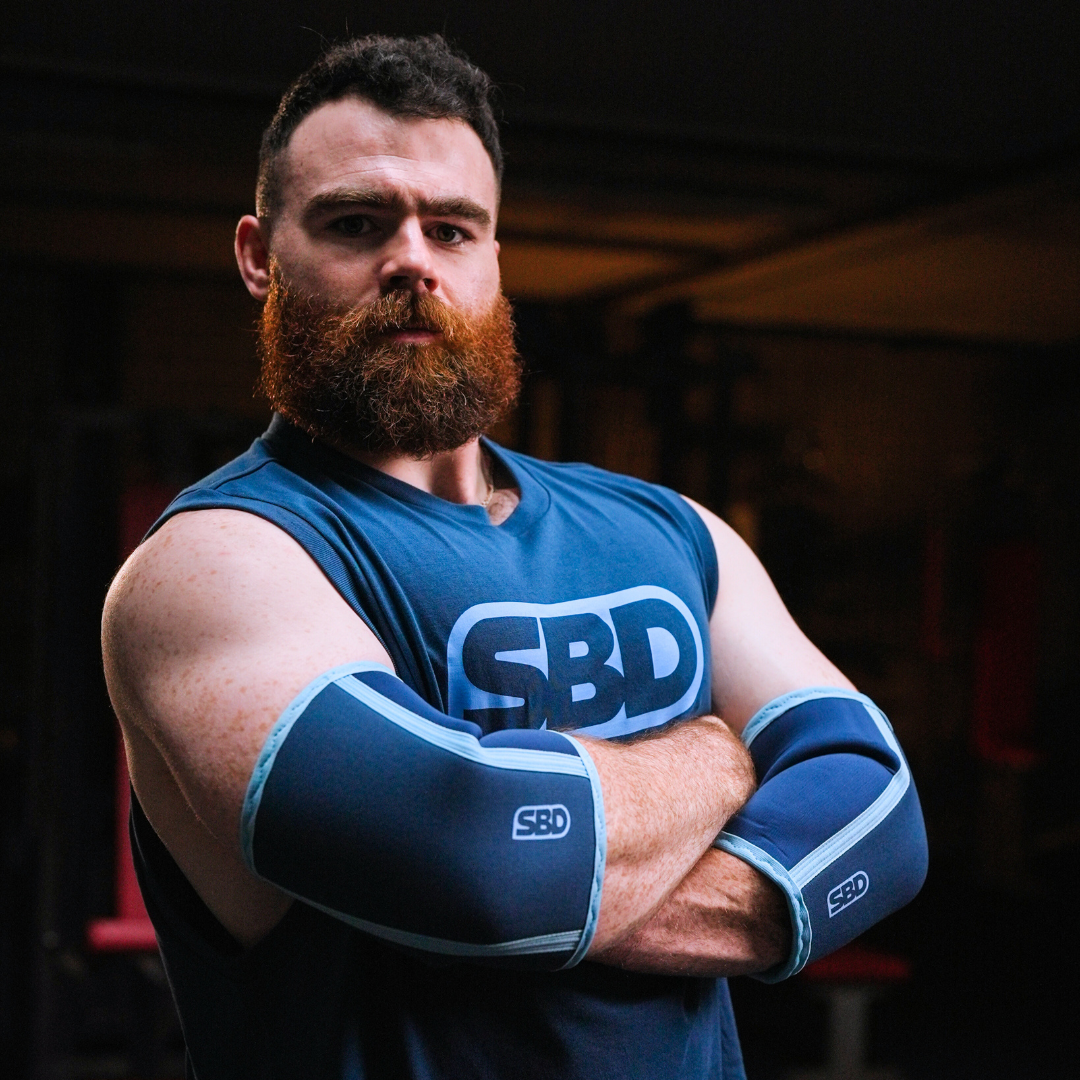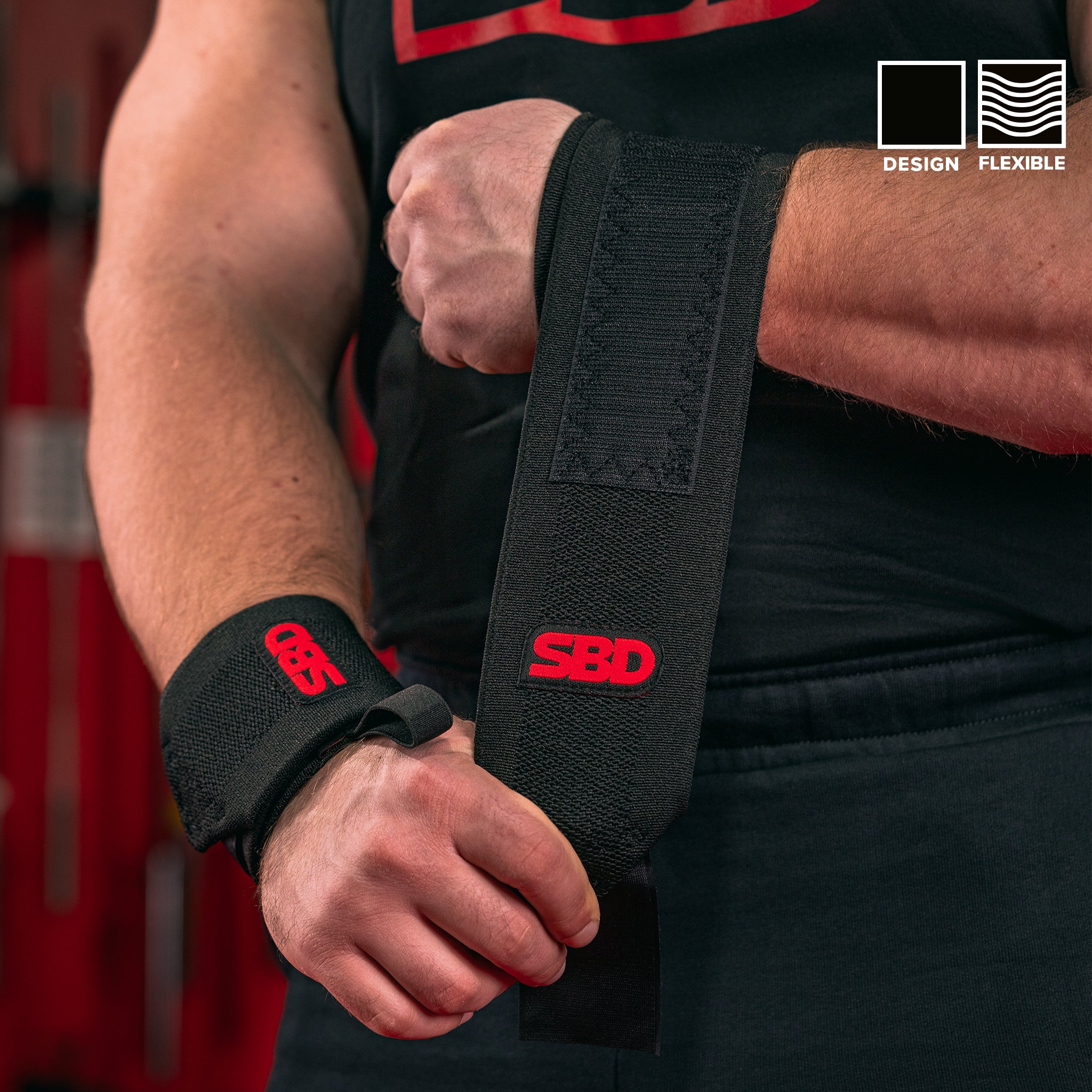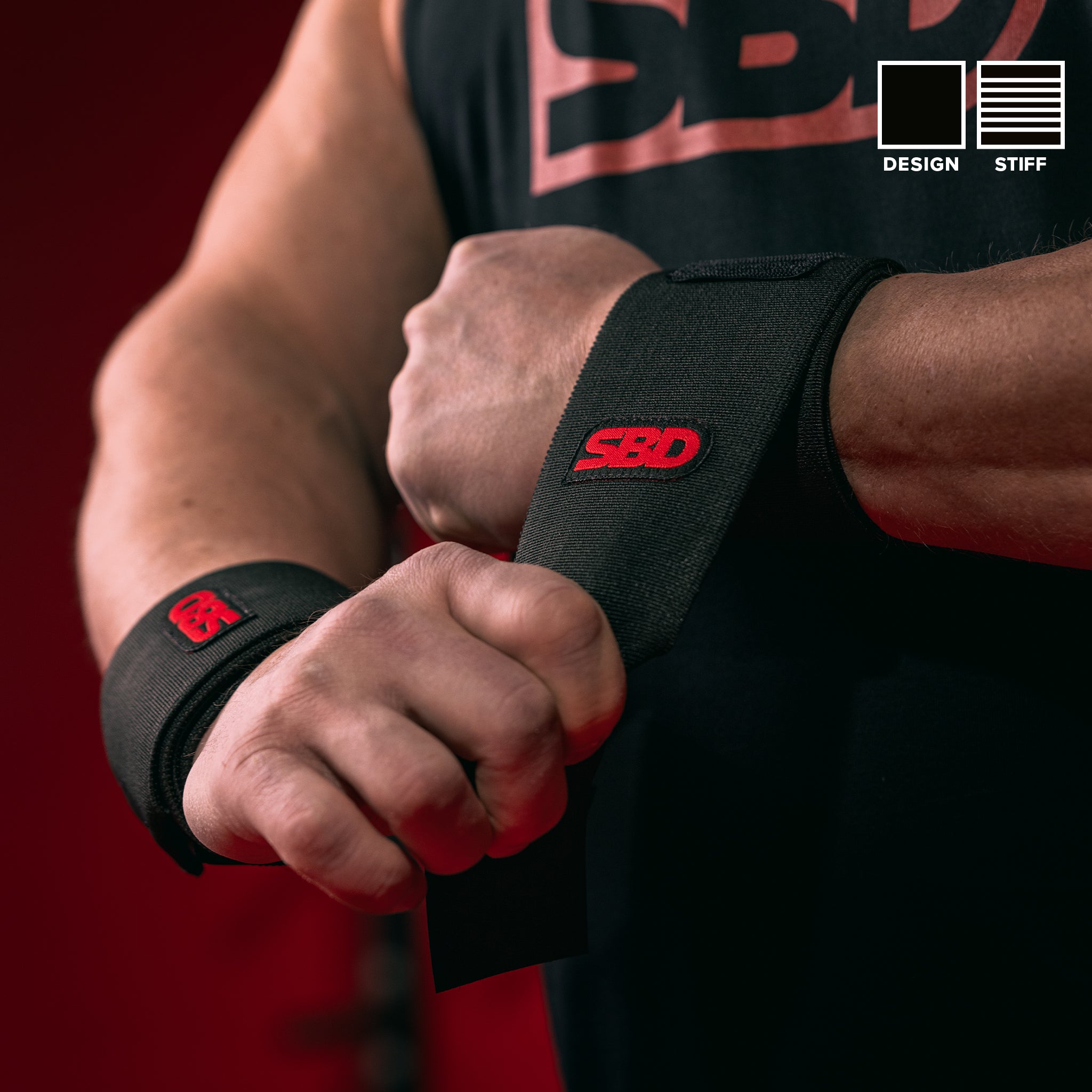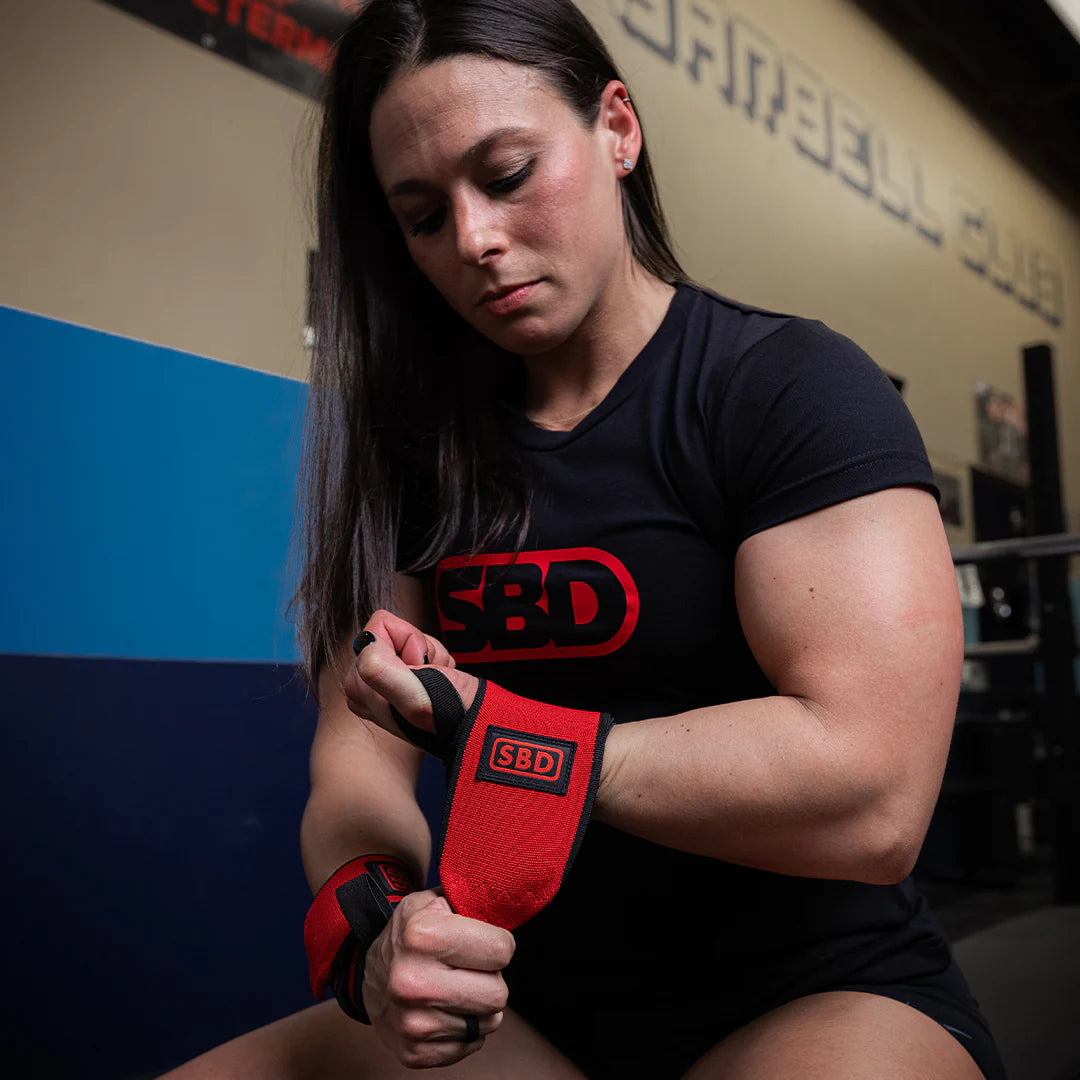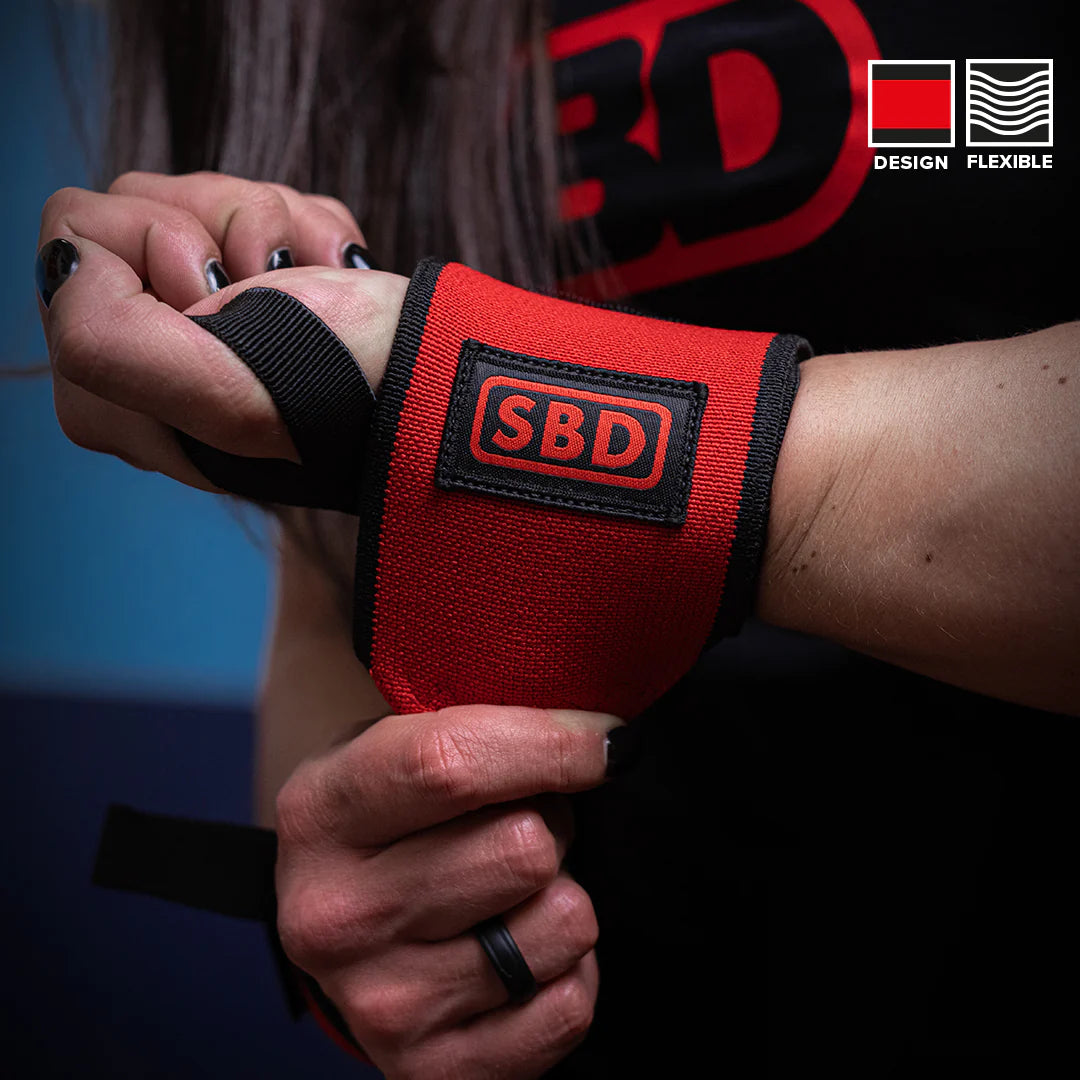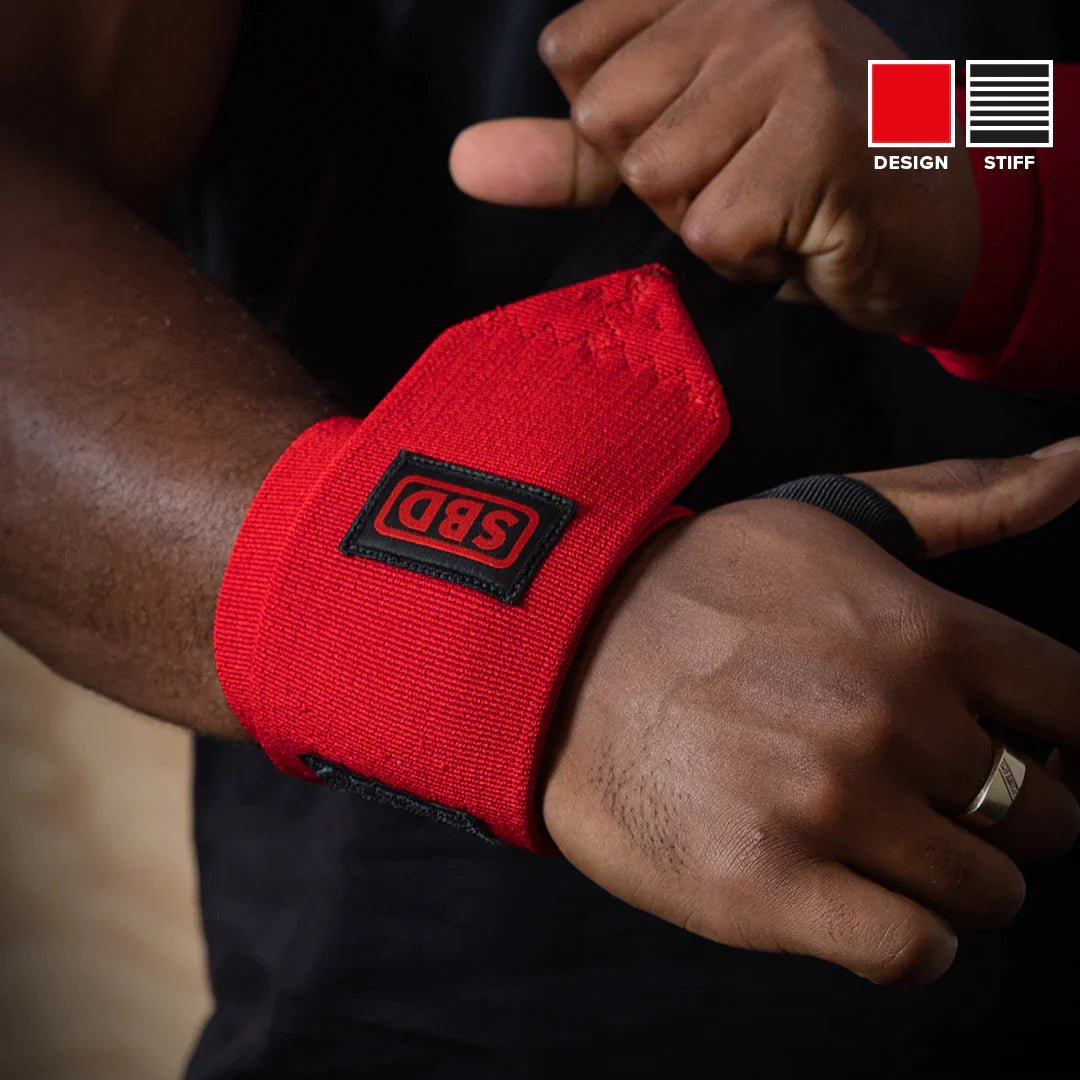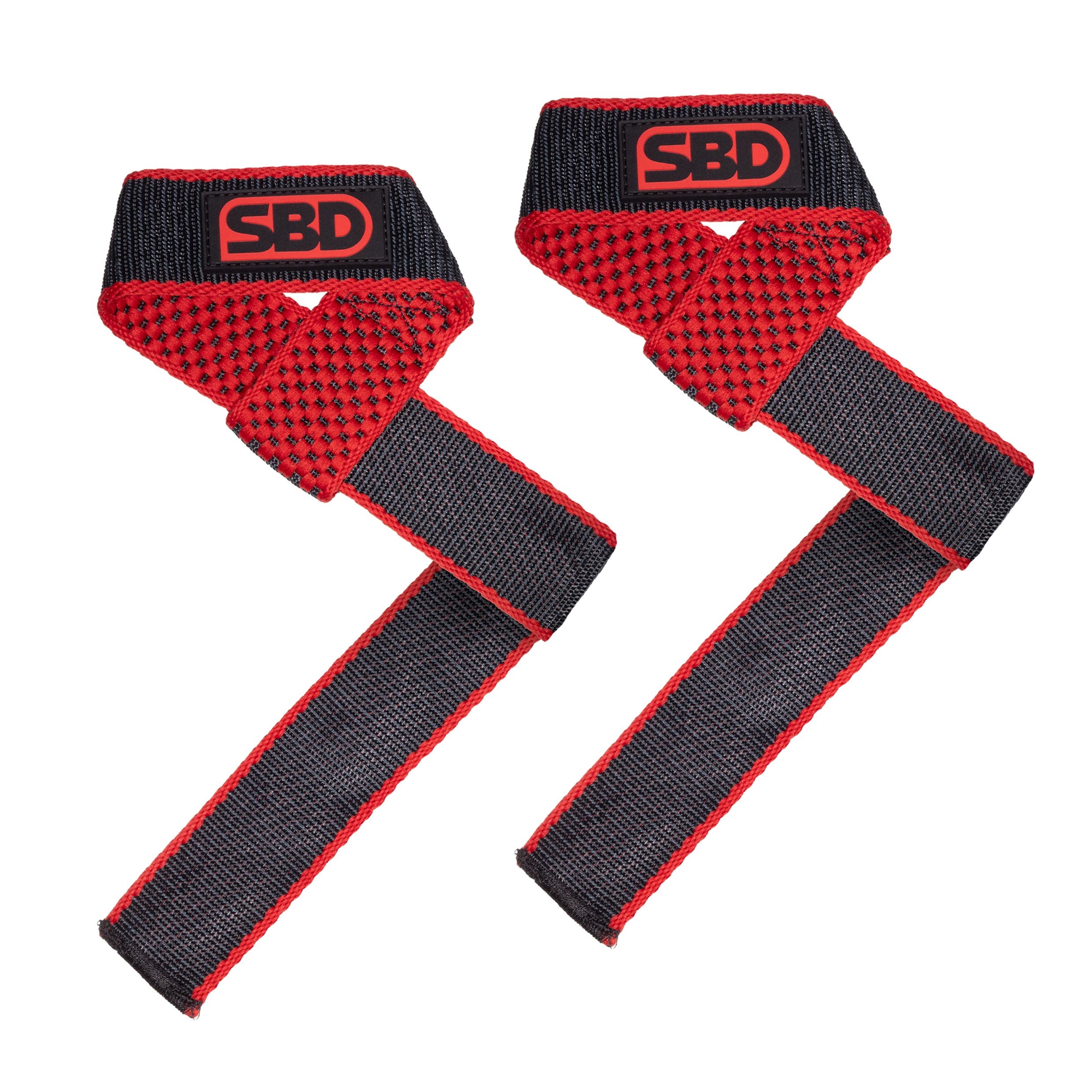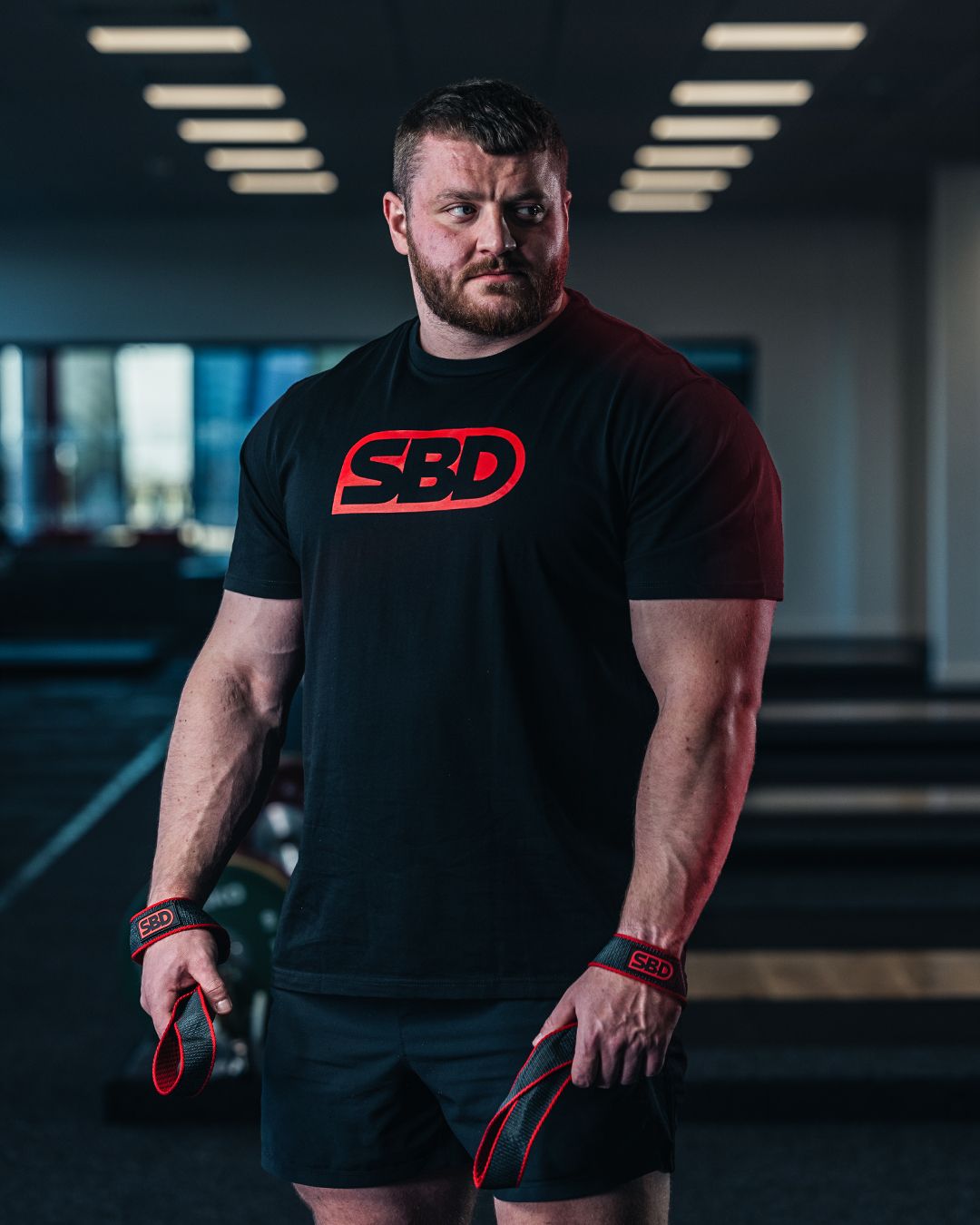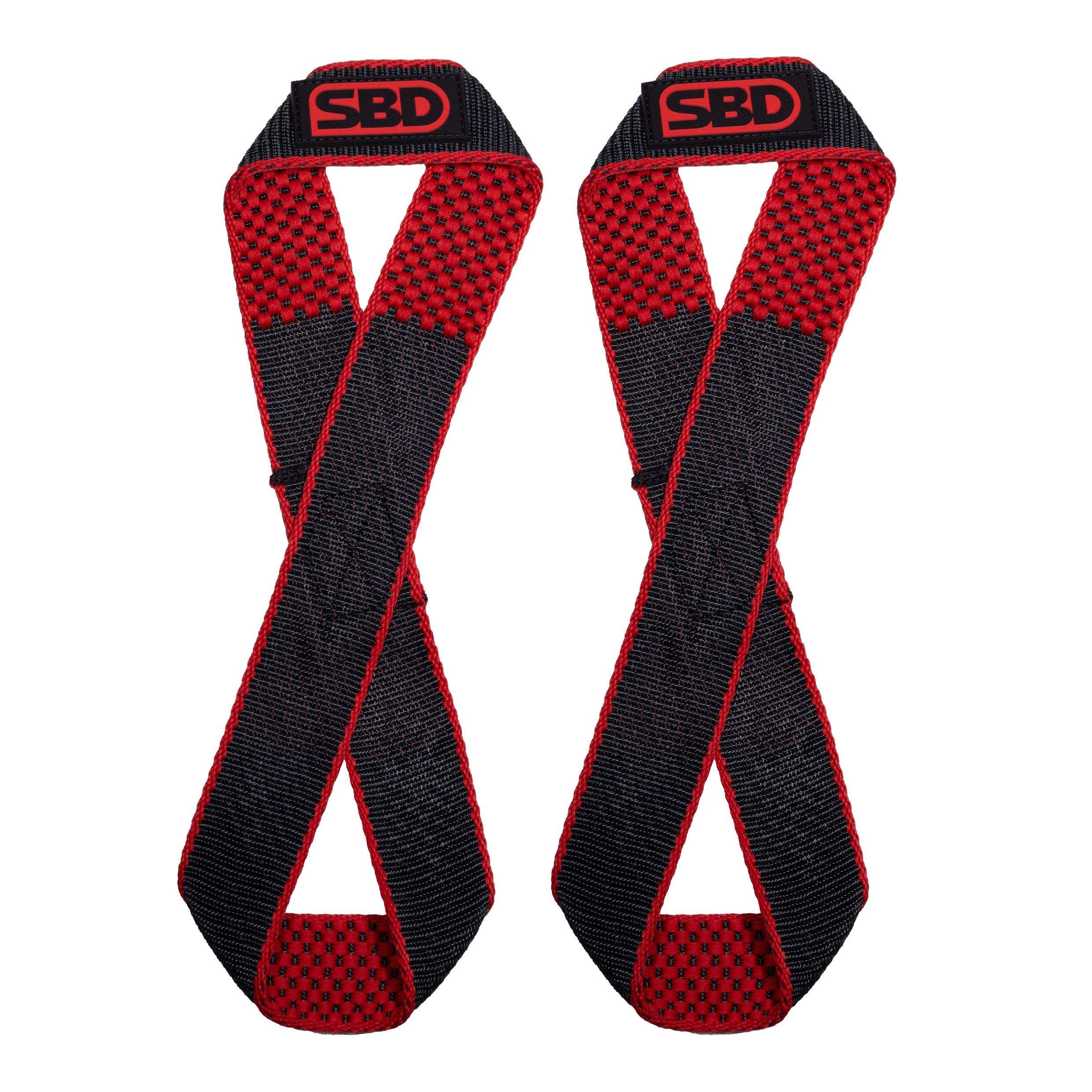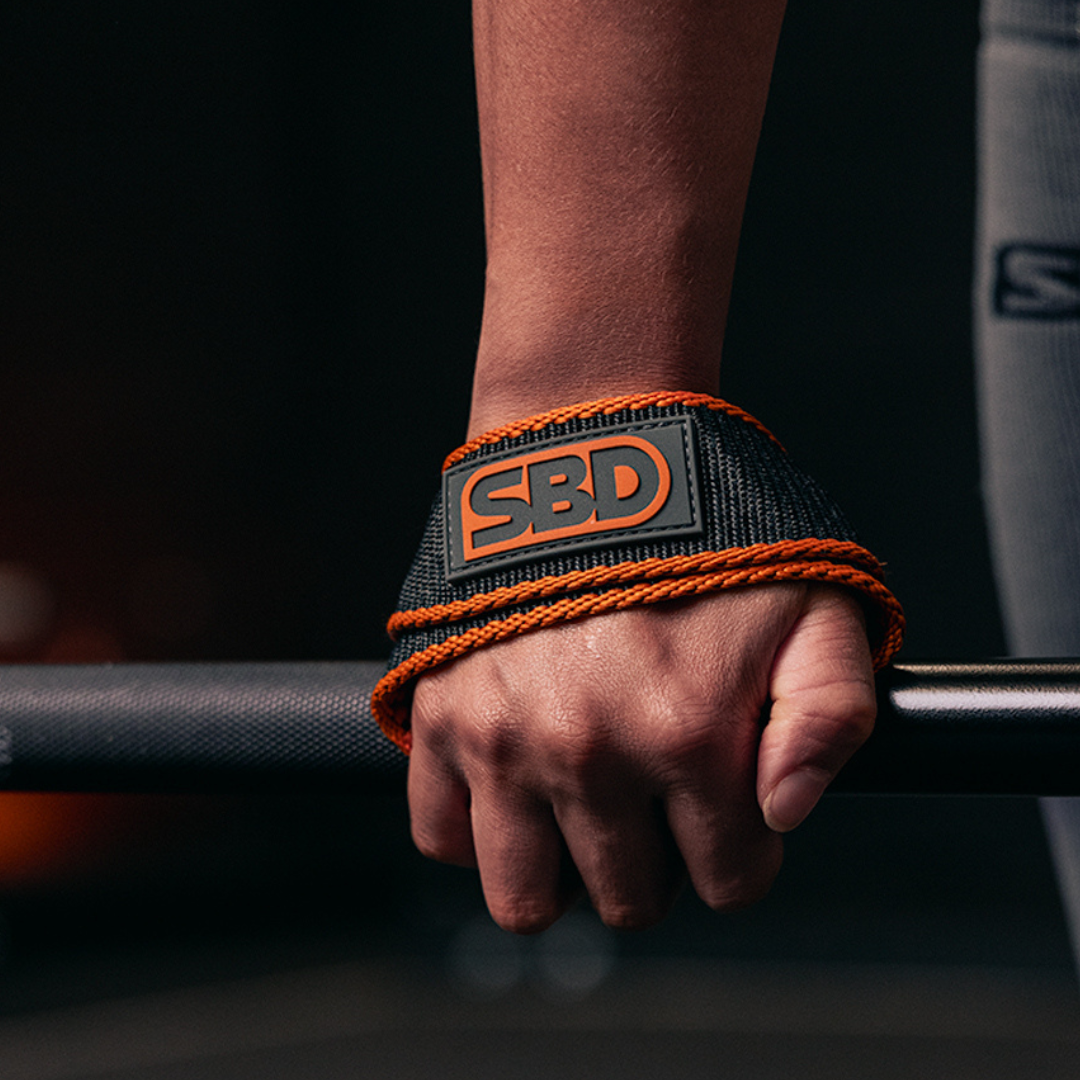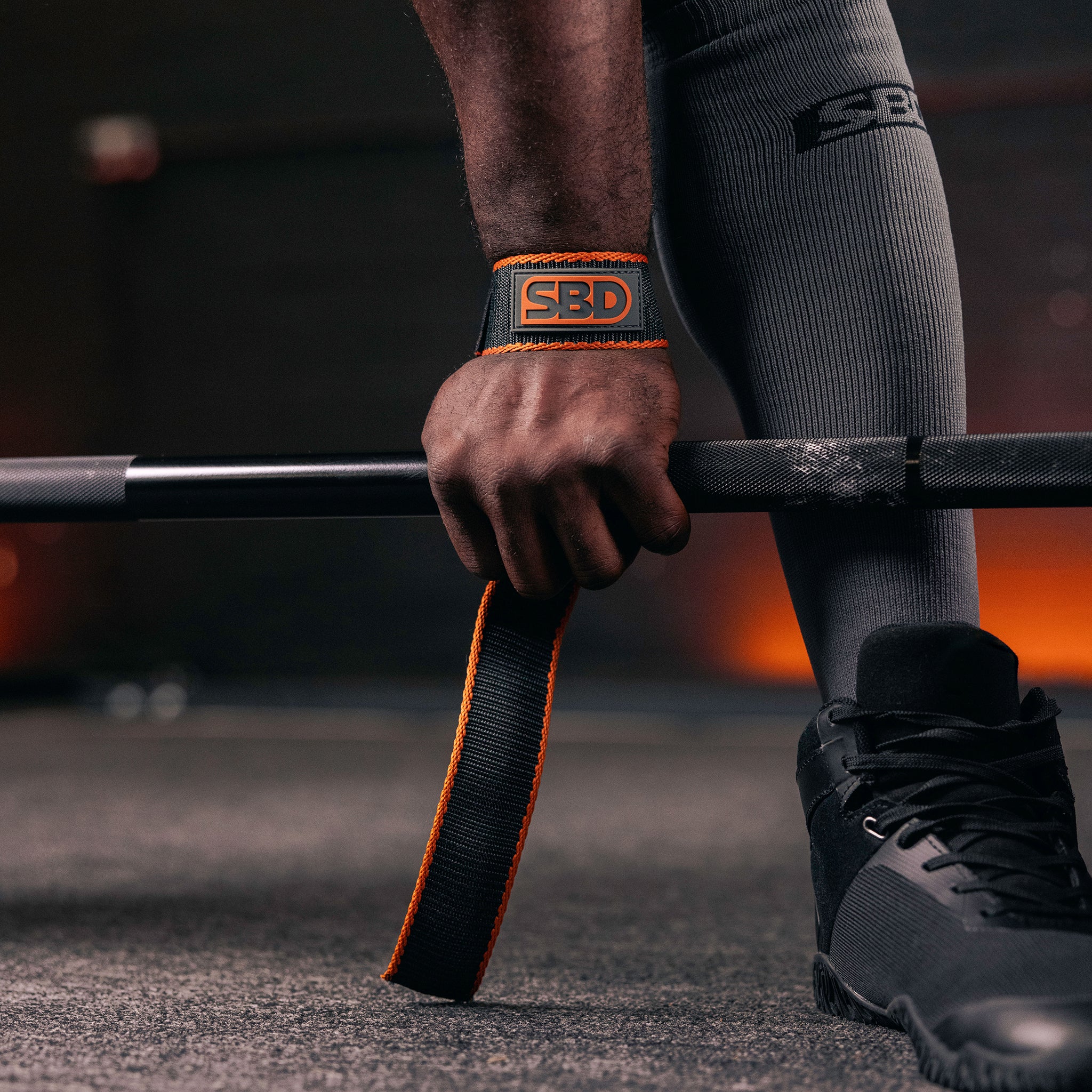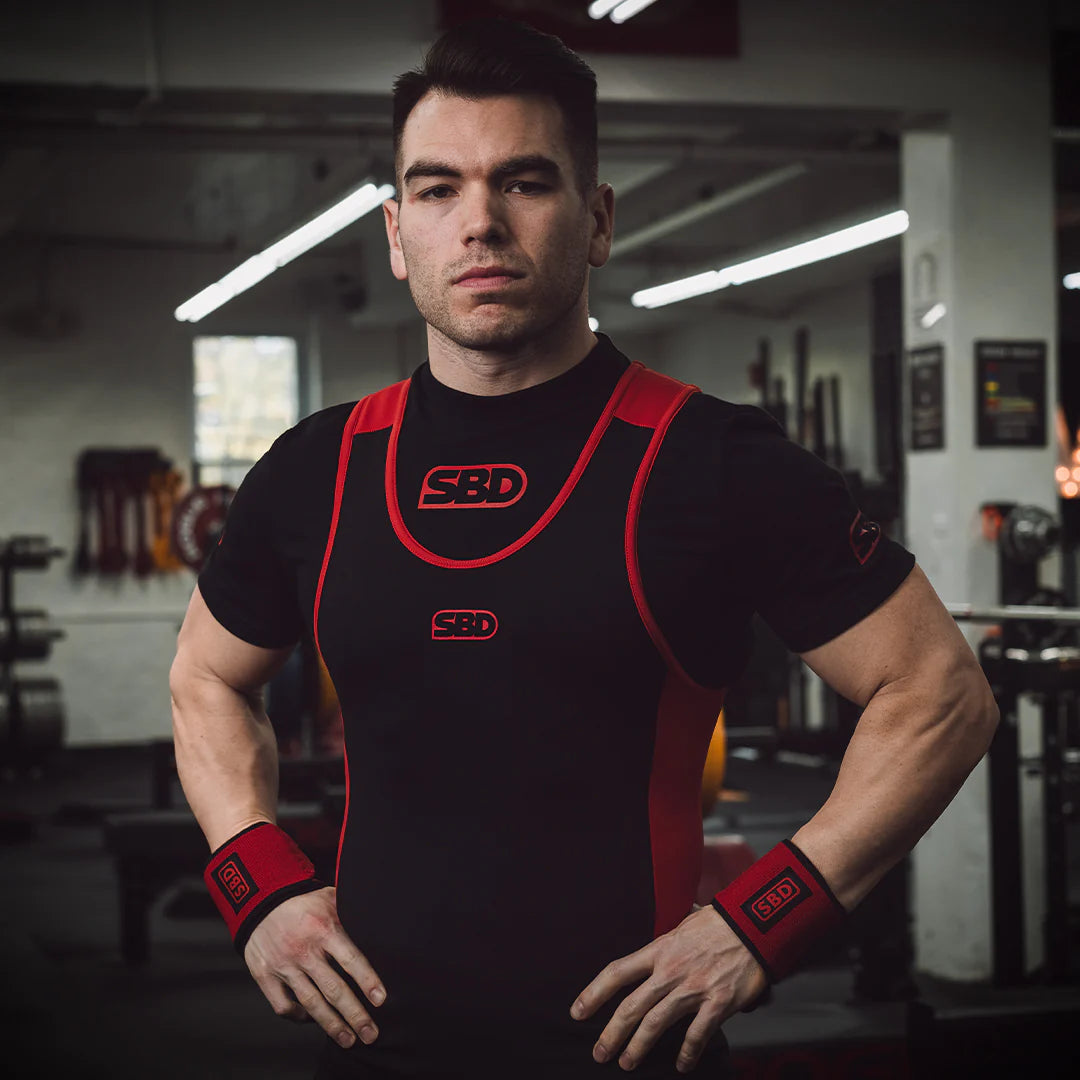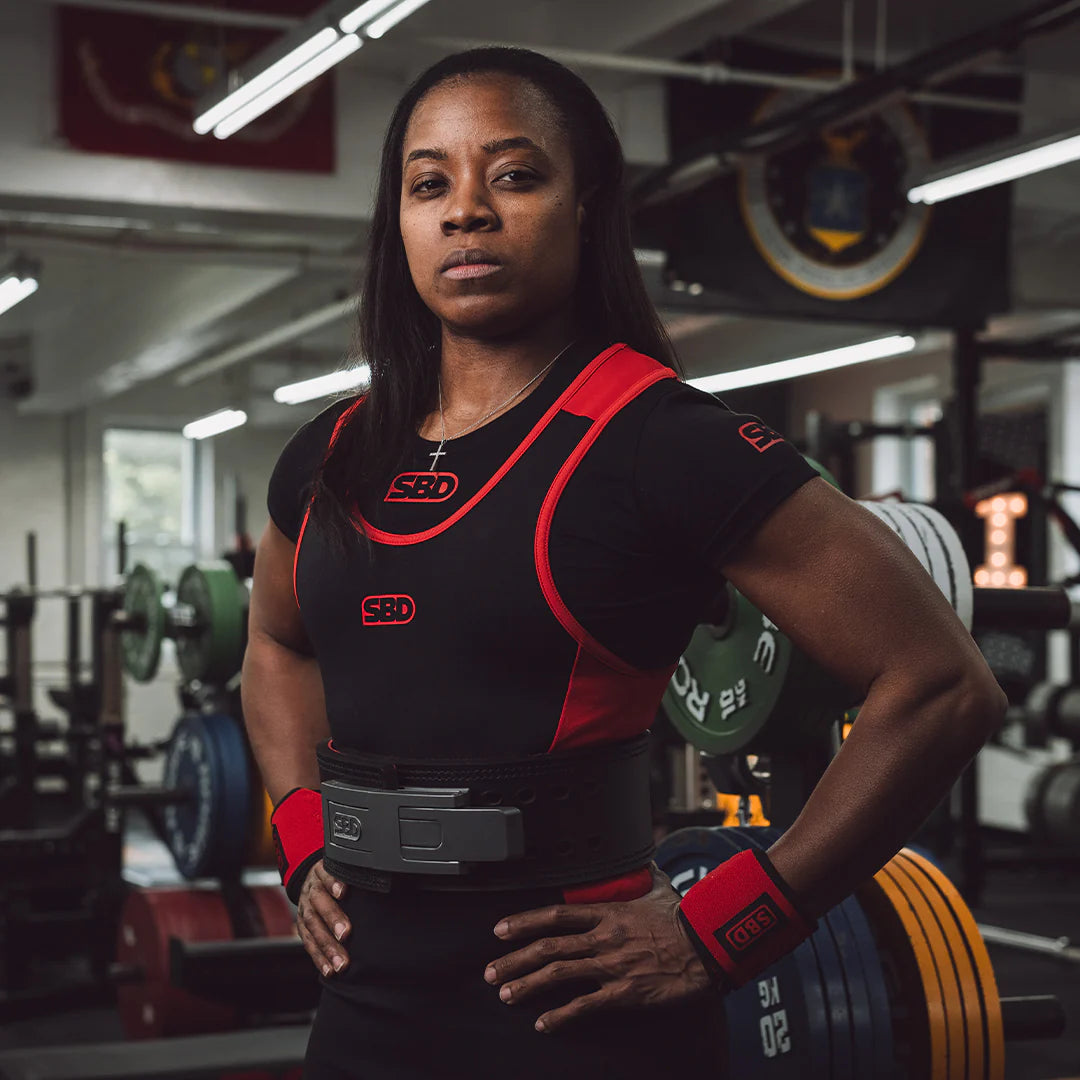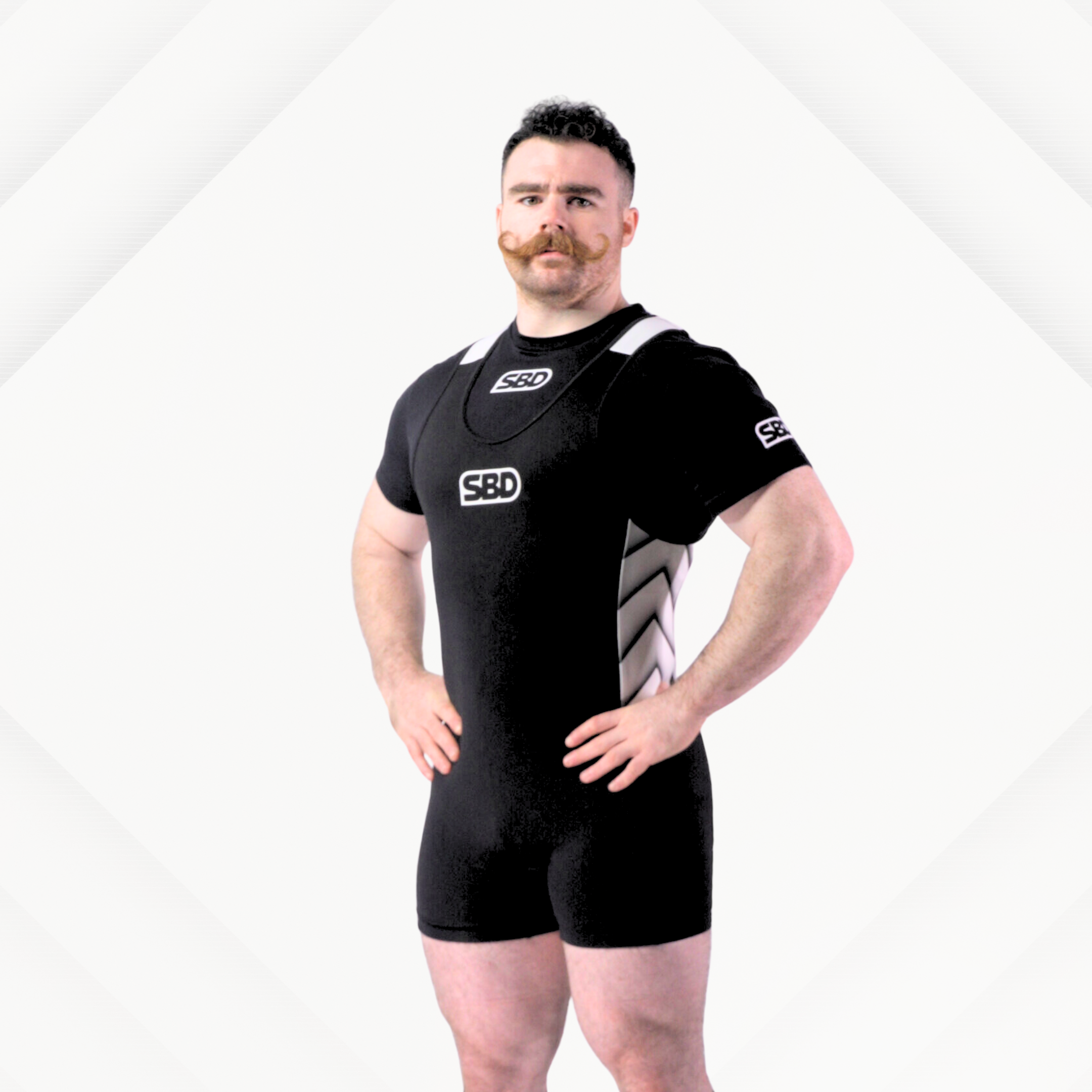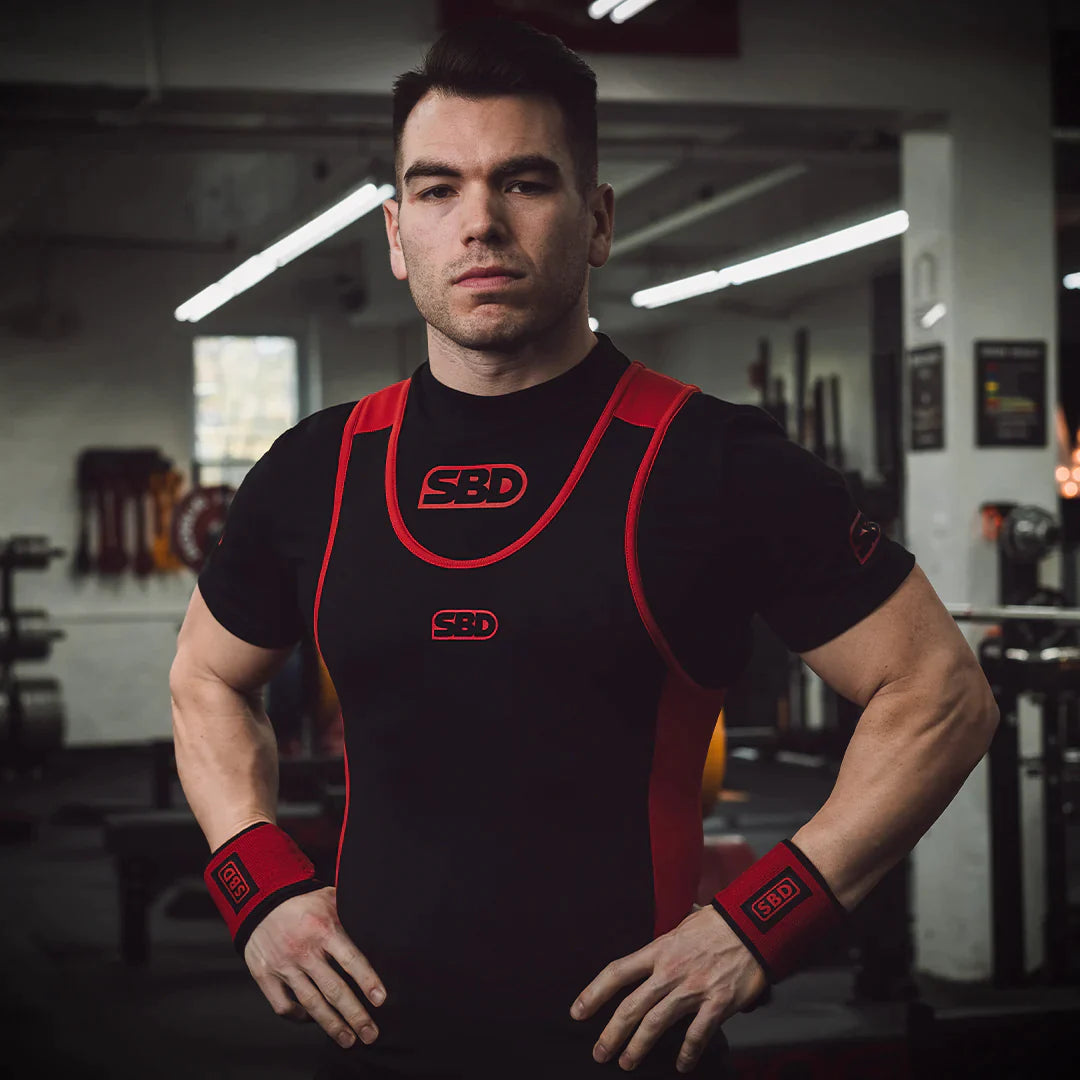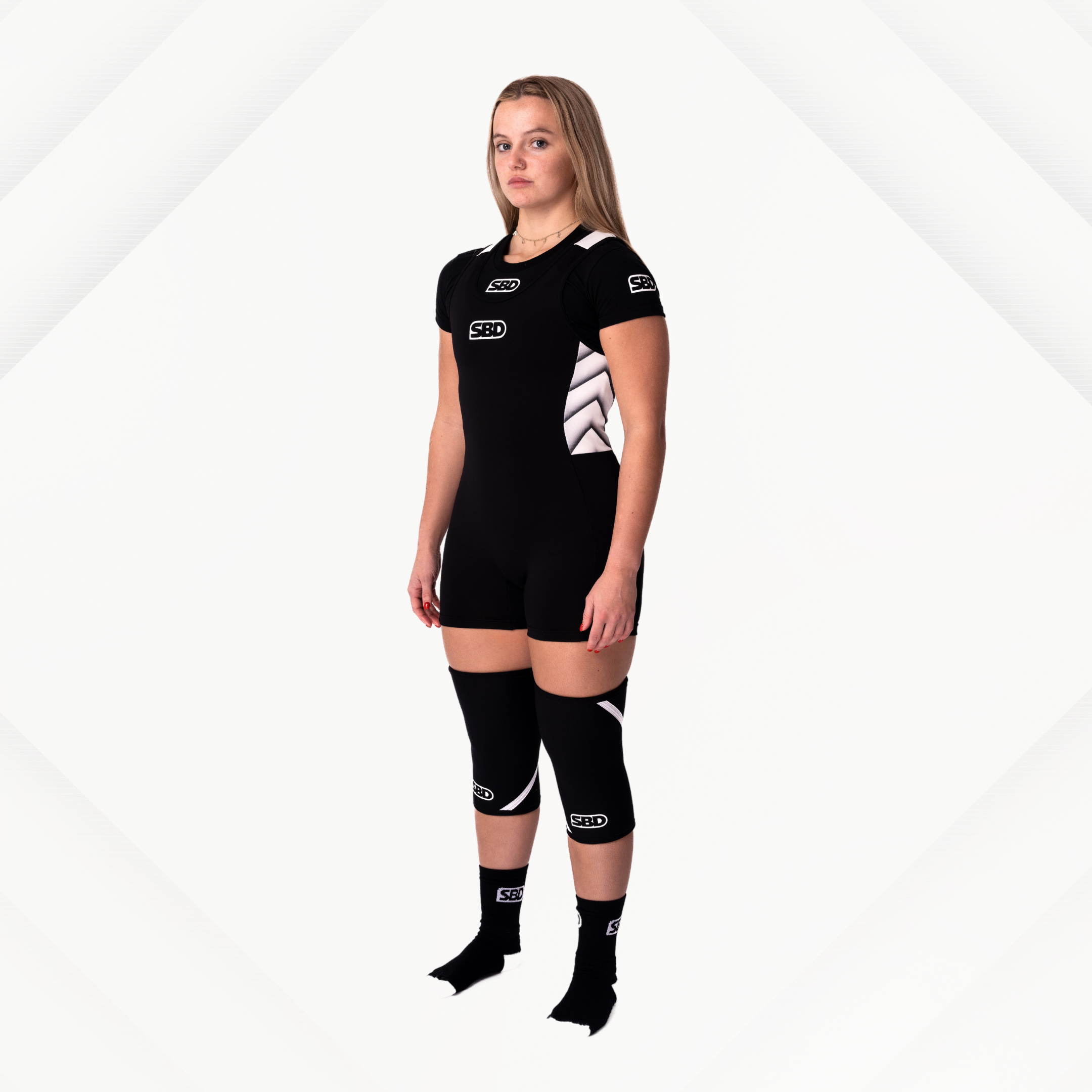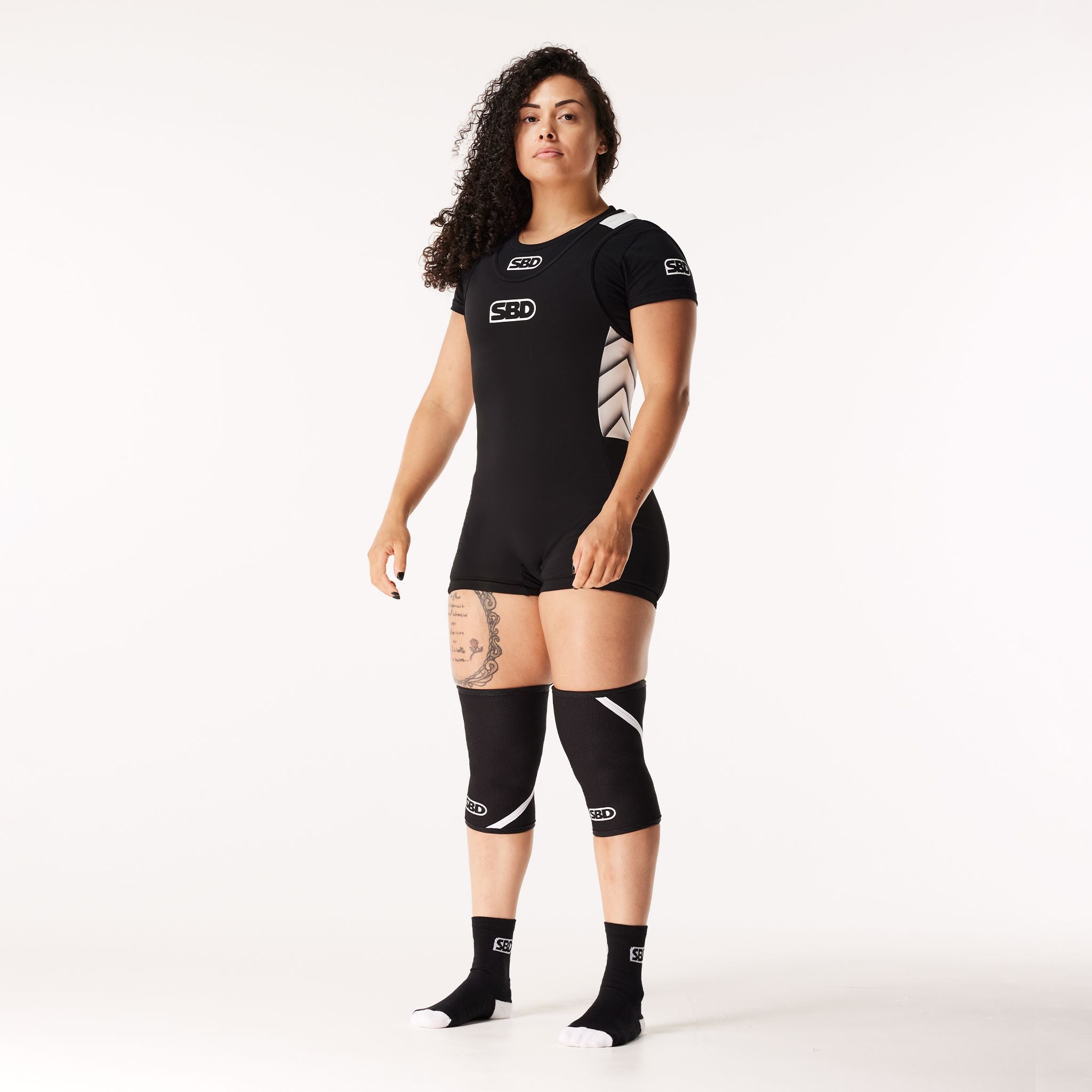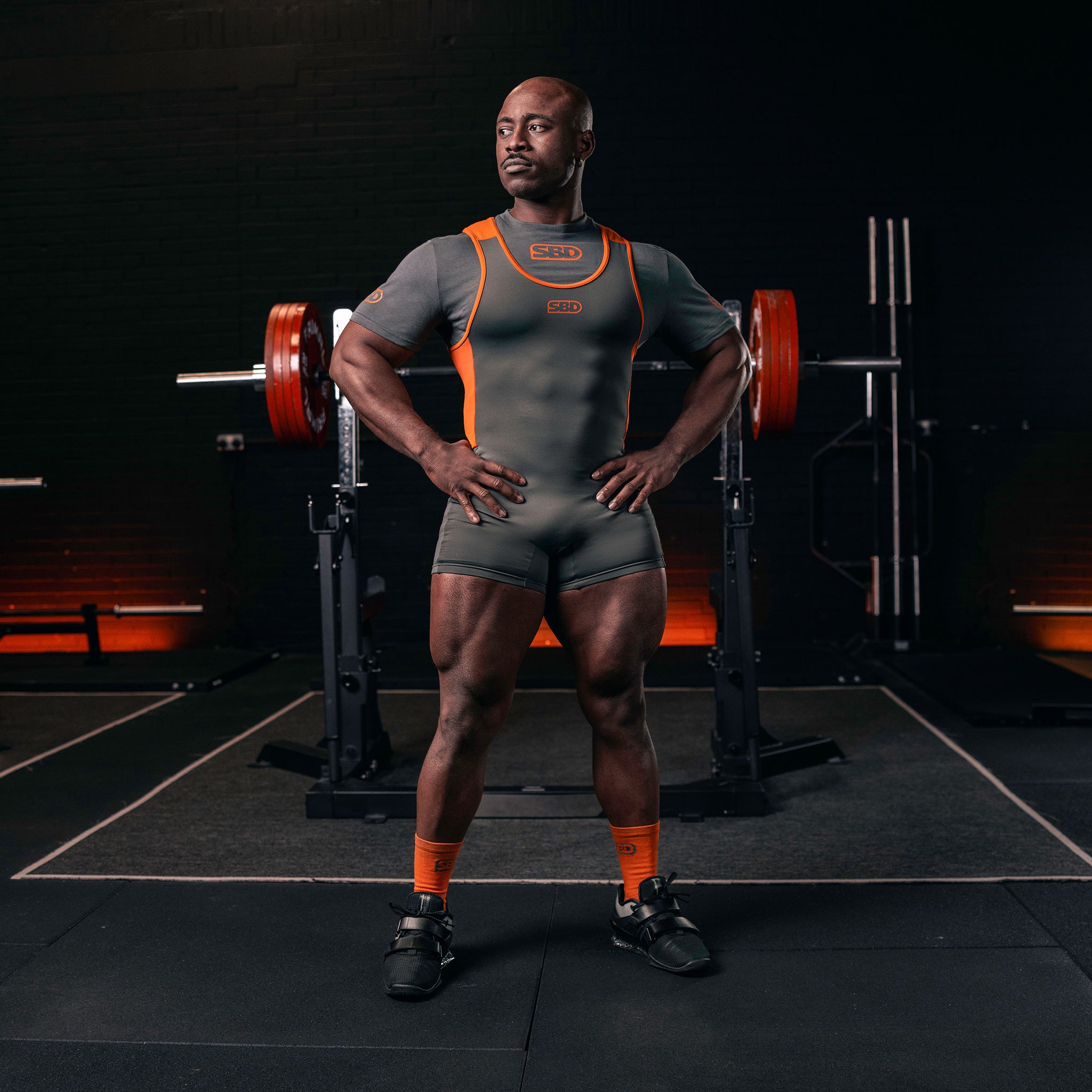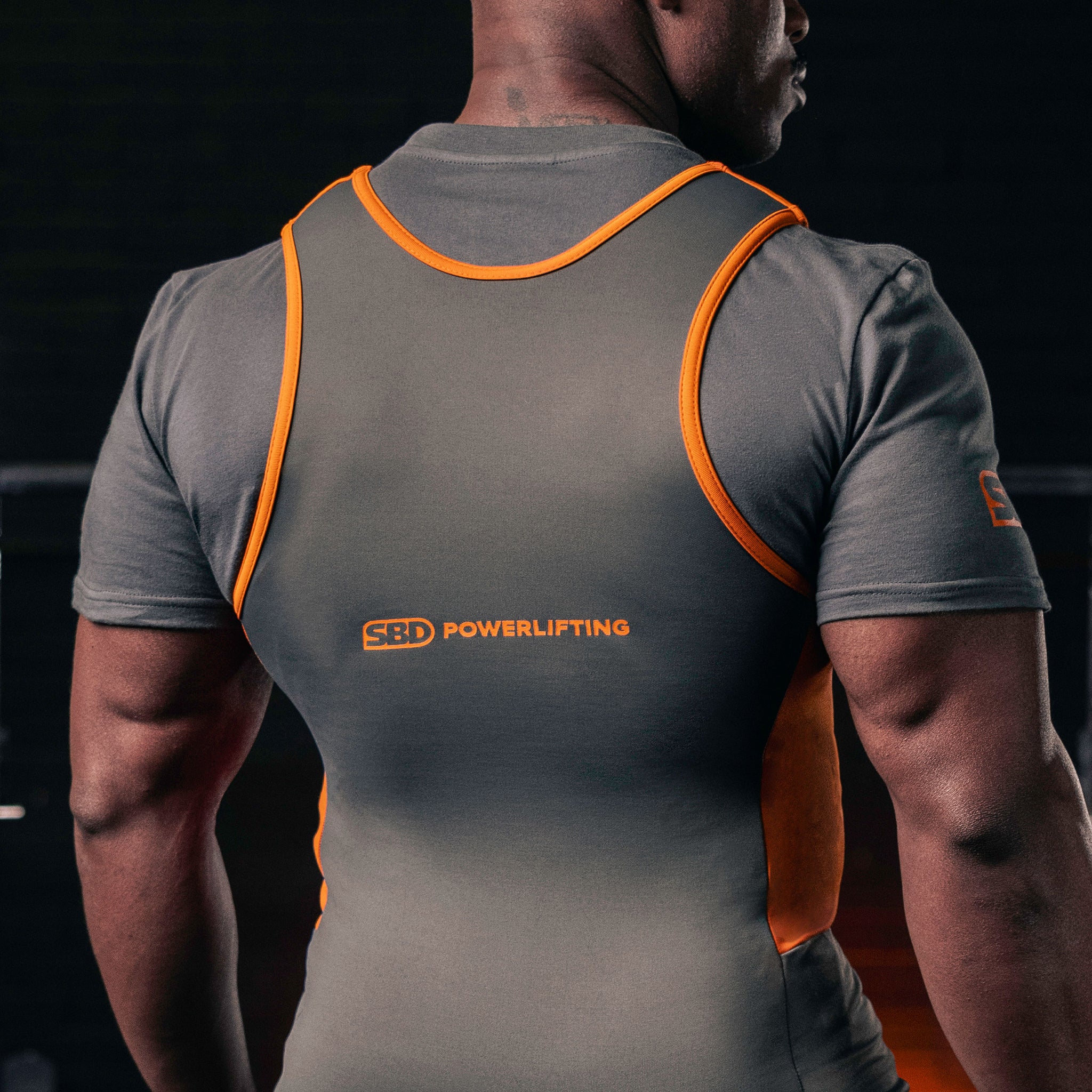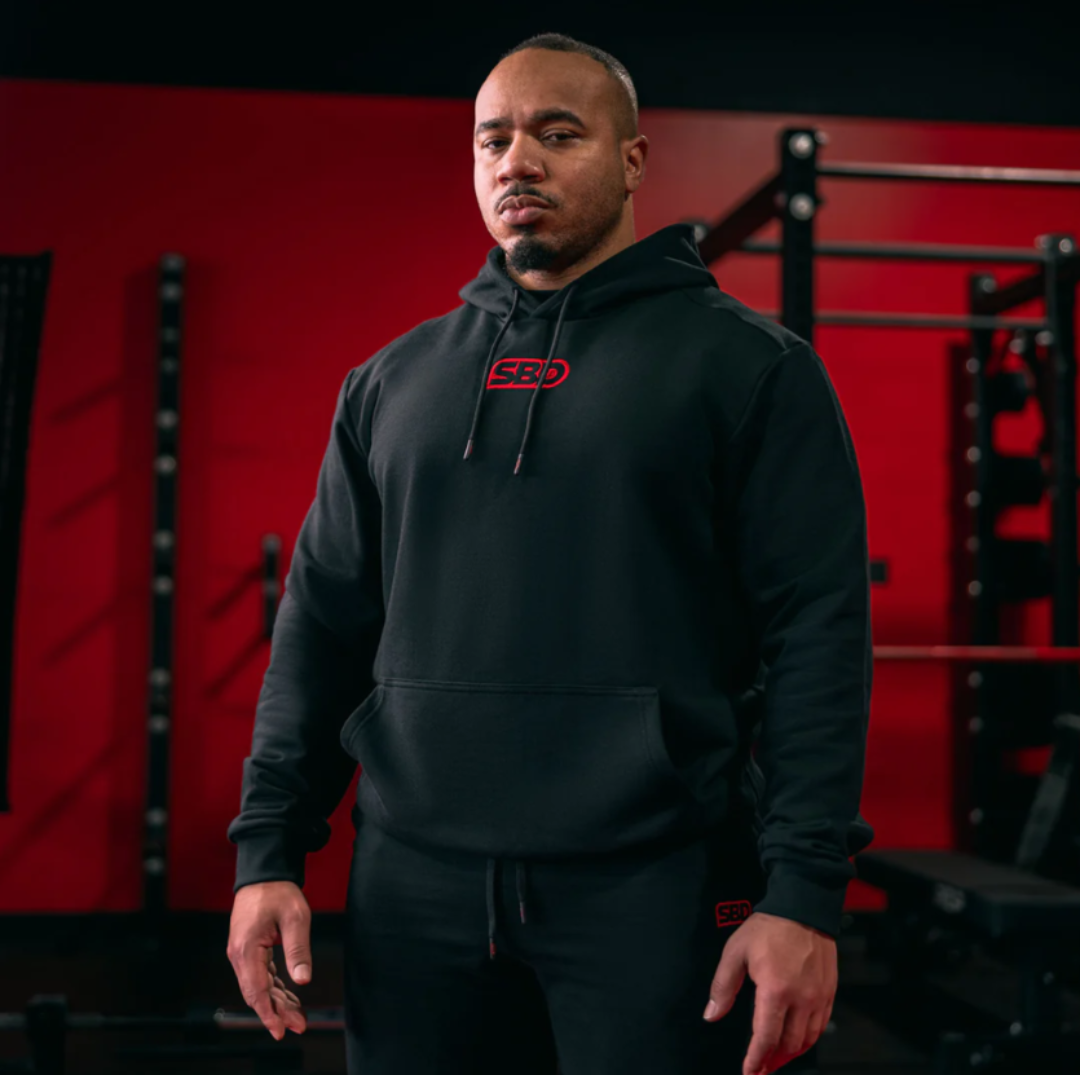Most lifters focus on technique, muscle engagement, and progressive overload to increase their deadlift strength. However, one often-overlooked factor that can make or break a heavy lift is proper breathing technique. The way you breathe directly impacts core stability, intra-abdominal pressure, muscle engagement, and overall power output.
In this guide, we’ll explore the science behind breathing and strength, the best breathing techniques for deadlifting, and how to train your breath for maximum gains. Whether you're a beginner or an advanced lifter, mastering your breath could be the missing piece to unlocking new personal records (PRs) and injury-free lifting.
The Science Behind Breathing and Strength
The Physiological Impact of Controlled Breathing
Breathing is more than just taking in oxygen—it plays a crucial role in lifting heavy weights. Proper breathing patterns:
- Increase oxygen supply to muscles, improving endurance and power.
- Enhance intra-abdominal pressure (IAP), stabilising the core during heavy lifts.
- Activate the diaphragm and deep core muscles, preventing spinal collapse under load.
How Oxygen Affects Muscle Performance
Oxygen fuels muscle contractions. The more efficiently your body delivers oxygen to working muscles, the greater your endurance and strength. Shallow or improper breathing can result in early fatigue, loss of tightness, and poor lifting mechanics.
The Role of Intra-Abdominal Pressure in Lifting
IAP acts as an internal weightlifting belt, creating a rigid core to support spinal integrity. When you take a deep diaphragmatic breath and hold it under tension, you create a solid foundation to lift heavier loads safely.
Breathing and Core Stability: The Missing Link
The Role of the Diaphragm in Strength Training
The diaphragm is the powerhouse of breath control. When properly engaged, it:
- Increases torso stability
- Supports spinal alignment
- Reduces unnecessary tension in secondary muscles
How Breath Control Prevents Injury
A weak core leads to a rounding back and unstable hips, which increases the risk of spinal injuries, muscle strains, and herniated discs. Proper breathing techniques ensure that your core remains braced and stable throughout the lift.
How the Valsalva Manoeuvre Maximises Deadlift Power
What is the Valsalva Manoeuvre?
The Valsalva Manoeuvre is a breathing technique where you:
- Take a deep breath into your belly (not your chest).
- Hold the breath while bracing your core.
- Maintain this pressure throughout the lift.
- Exhale at the top or once the bar passes the sticking point.
This method dramatically increases core stability and lifting power.
Step-by-Step Guide to Performing It Correctly
- Stand in position with the barbell in front of you.
- Take a deep breath into your belly, expanding your diaphragm.
- Brace your core as if preparing for a punch.
- Hold the breath and lift the bar with maximum control.
- Exhale slowly at the top.
When to Avoid the Valsalva Manoeuvre
If you have high blood pressure or cardiovascular conditions, consult a professional before using this technique.
The Best Breathing Patterns for Deadlifting
Three-Step Breathing Method for Deadlifts
- Inhale deeply before initiating the lift.
- Hold the breath through the concentric (lifting) phase.
- Exhale gradually at the top or after passing the hardest point.
Exhalation vs. Breath-Holding: What’s Optimal?
- Breath-holding during the lift improves core rigidity.
- Exhaling too early can cause loss of tension and lead to failed lifts.
The Role of Nasal vs. Mouth Breathing in Deadlifts
Why Nasal Breathing Enhances Strength
Nasal breathing filters, warms, and humidifies air, improving oxygen efficiency. It also enhances diaphragmatic activation, allowing better breath control.
When to Switch to Mouth Breathing
Mouth breathing is useful when:
- Lifting at maximal effort
- Performing high-rep deadlift sets
Common Breathing Mistakes That Weaken Your Deadlift
- Breathing too early or too late leads to loss of core stability.
- Shallow breathing instead of deep belly breathing reduces intra-abdominal pressure.
- Exhaling during the pull weakens bracing and leads to failed lifts.
How to Train Your Breathing for Maximum Strength
Breathing Exercises for Stronger Lifts
- Diaphragmatic breathing drills strengthen core engagement.
- Box breathing (four-four-four-four method) improves oxygen efficiency.
- Breath-hold training increases IAP retention.
Incorporating Breath Control into Warm-Ups
Start each session with:
- Five minutes of controlled nasal breathing
- Deep belly breathing drills
- Breath-bracing practice with bodyweight movements
The Mental Side: How Breathing Affects Focus and Performance
The Connection Between Breath and Mental Clarity
Deep breathing reduces stress and anxiety, enhancing focus and confidence during heavy lifts.
How Elite Powerlifters Use Breathwork for Peak Performance
Top lifters use controlled breathing to regulate heart rate and stay composed under heavy loads.
FAQs on Breathing and Deadlift Strength
1. Should I always use the Valsalva Manoeuvre?
Yes, but avoid excessive pressure if you have cardiovascular concerns.
2. Can breathing improve my deadlift PR?
Absolutely. Better breath control enhances stability, strength, and endurance.
3. How do I know if I’m breathing correctly?
Your stomach should expand (not your chest) when inhaling before the lift.
4. Should I exhale during the deadlift?
Hold your breath through the lift and exhale at the top for maximum power.
5. Is nasal breathing better than mouth breathing for lifting?
Nasal breathing is superior for endurance, but mouth breathing is useful for maximal effort lifts.
6. How can I train my breathing for better deadlifts?
Practise diaphragmatic breathing, breath-hold training, and breath-bracing drills.
Conclusion: Breathe Your Way to a Stronger Deadlift
Breathing isn’t just about oxygen intake—it’s about core engagement, stability, and power output. Whether you’re a beginner or an experienced lifter, optimising your breathing technique will help you lift heavier, reduce injuries, and improve overall performance.
Start incorporating proper breath control into your training, and you’ll unlock new levels of deadlift strength you never thought possible.

